
Stars of Life
The Stars of Life program honors EMS professionals who have gone above and beyond the call of duty. Our Stars represent the best of the best as their stories speak to our mission of providing care to the world at a moment’s notice. Congratulations to our GMR Stars.

Carlos Bautista, Base Aviation Manager, Fixed-Wing Pilot, EagleMed
2025 Stars of Life Recipient
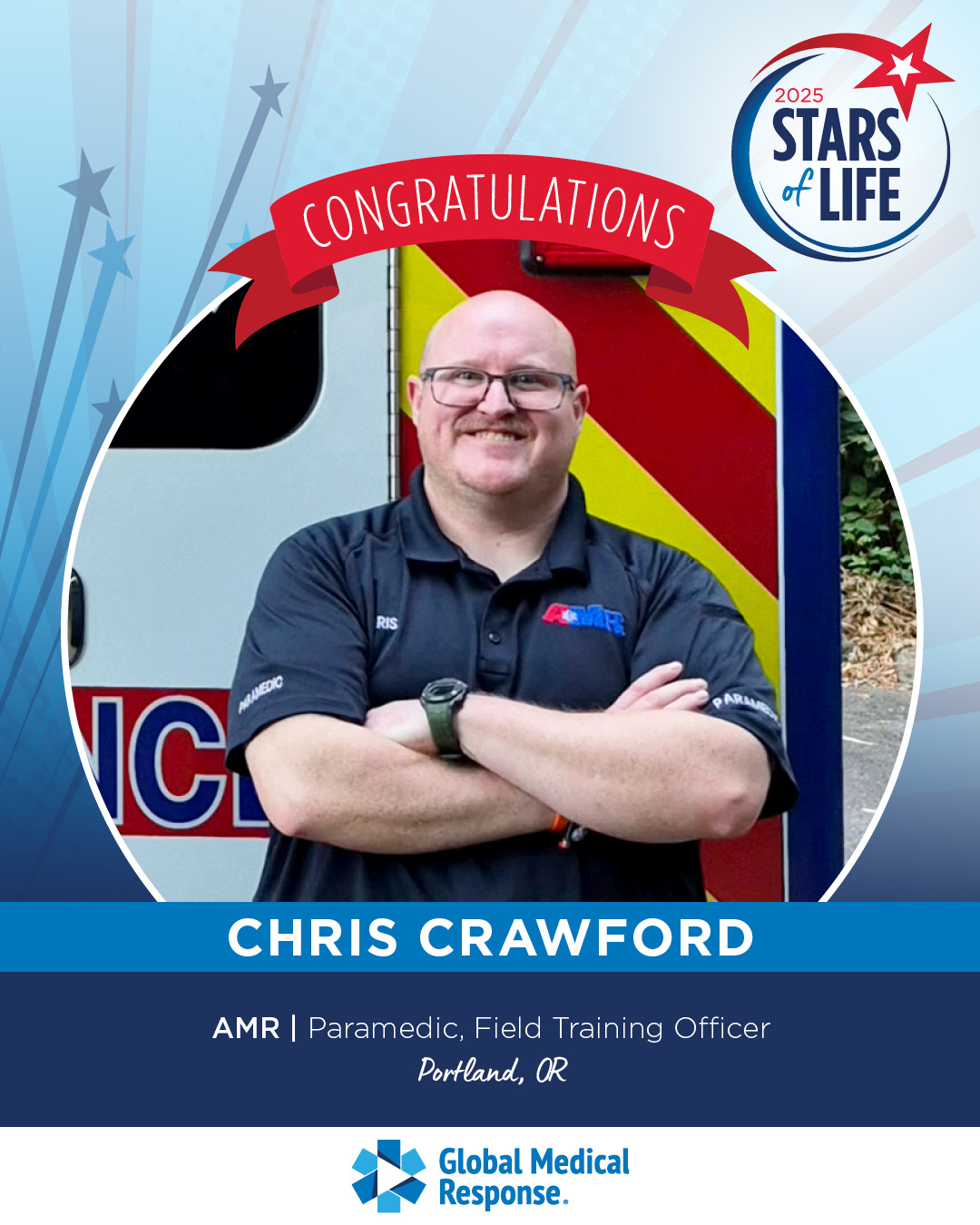
Chris Crawford, Paramedic, Field Training Officer, AMR
2025 Stars of Life Recipient
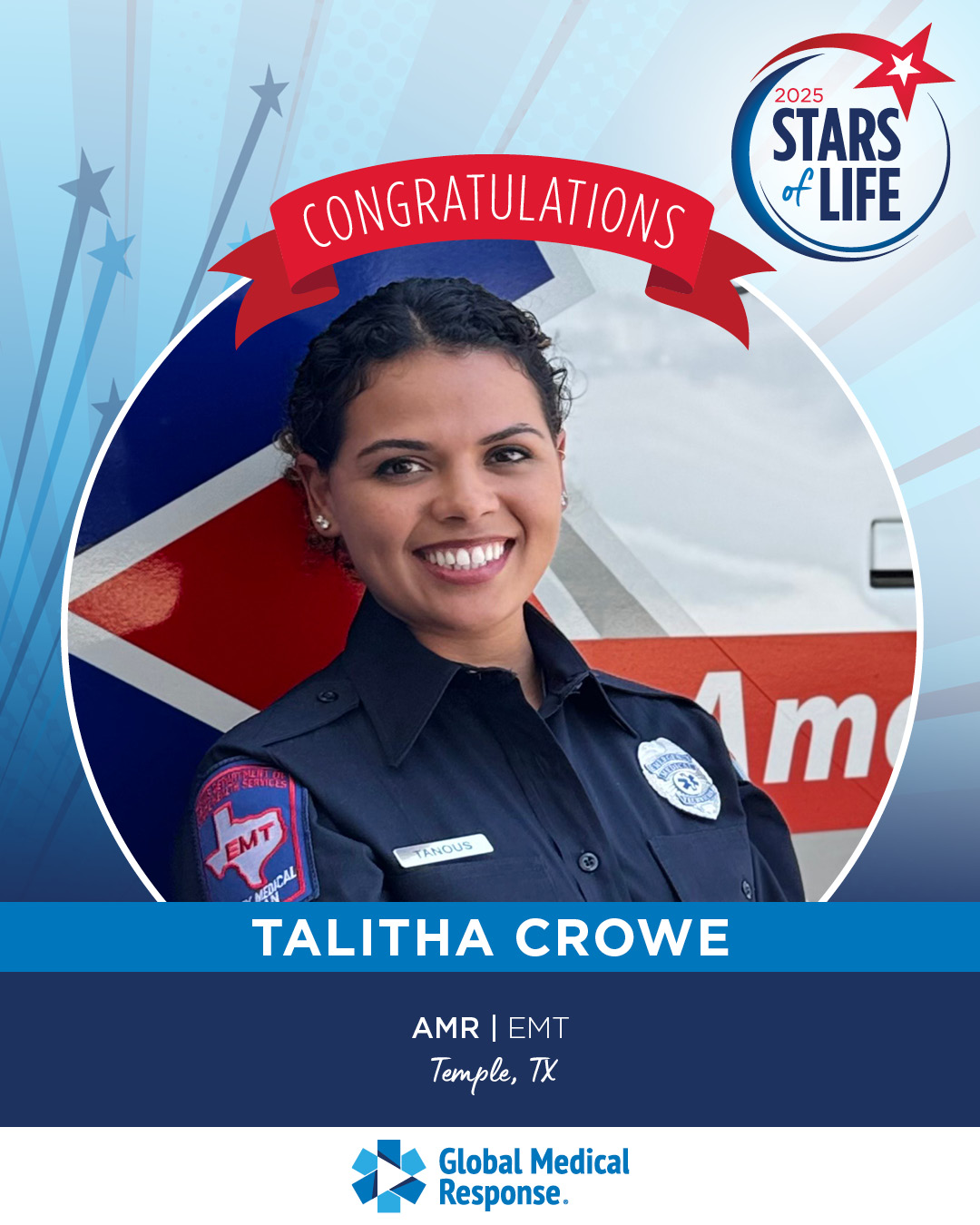
Talitha Crowe, Emergency Medical Technician, AMR
2025 Stars of Life Recipient
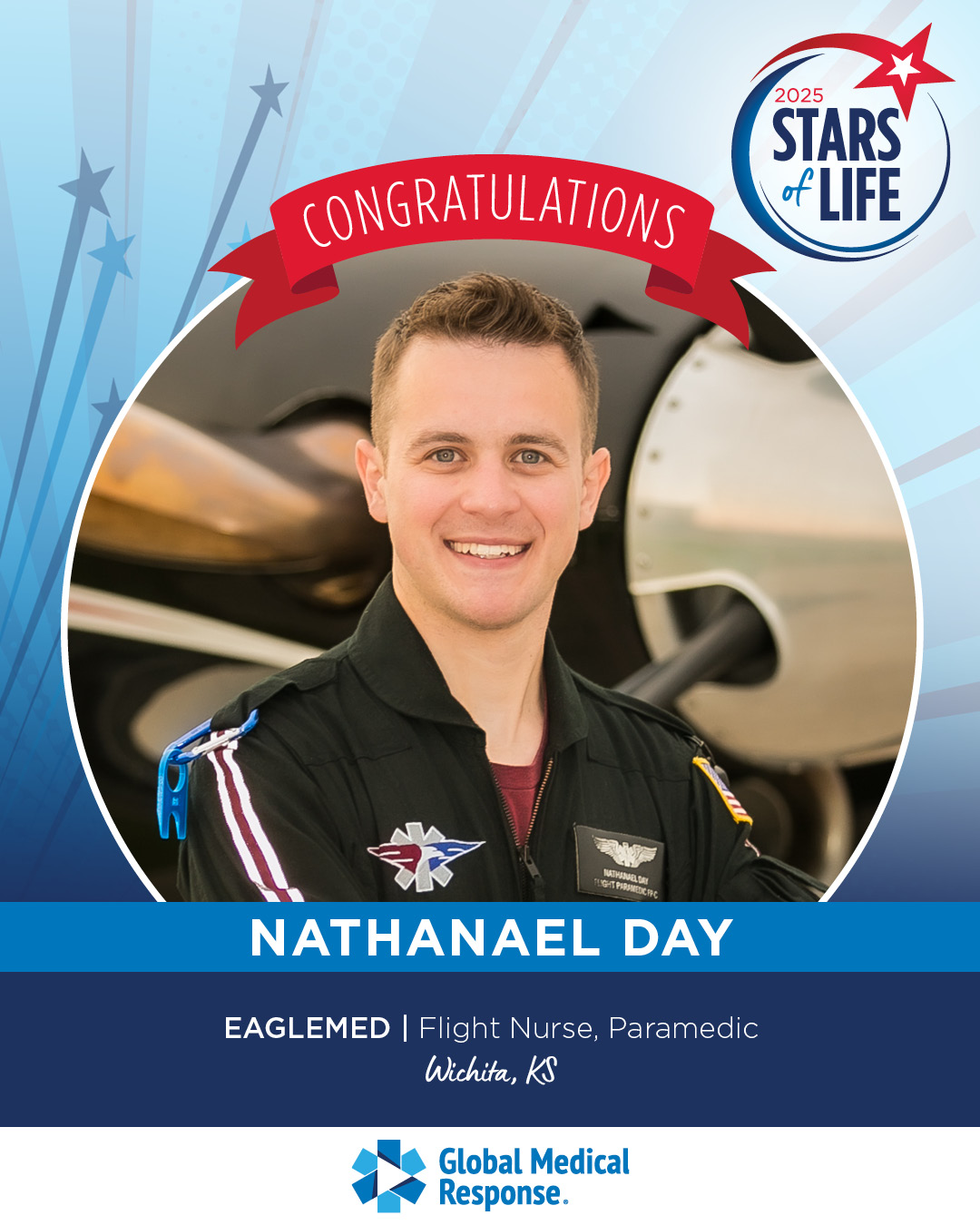
Nathanael Day, Flight Nurse, Paramedic, EagleMed
2025 Stars of Life Recipient

Rudy Drago, Communications Lead
2025 Stars of Life Recipient

Aaron Durette, Paramedic, Field Training Officer, AMR
2025 Stars of Life Recipient
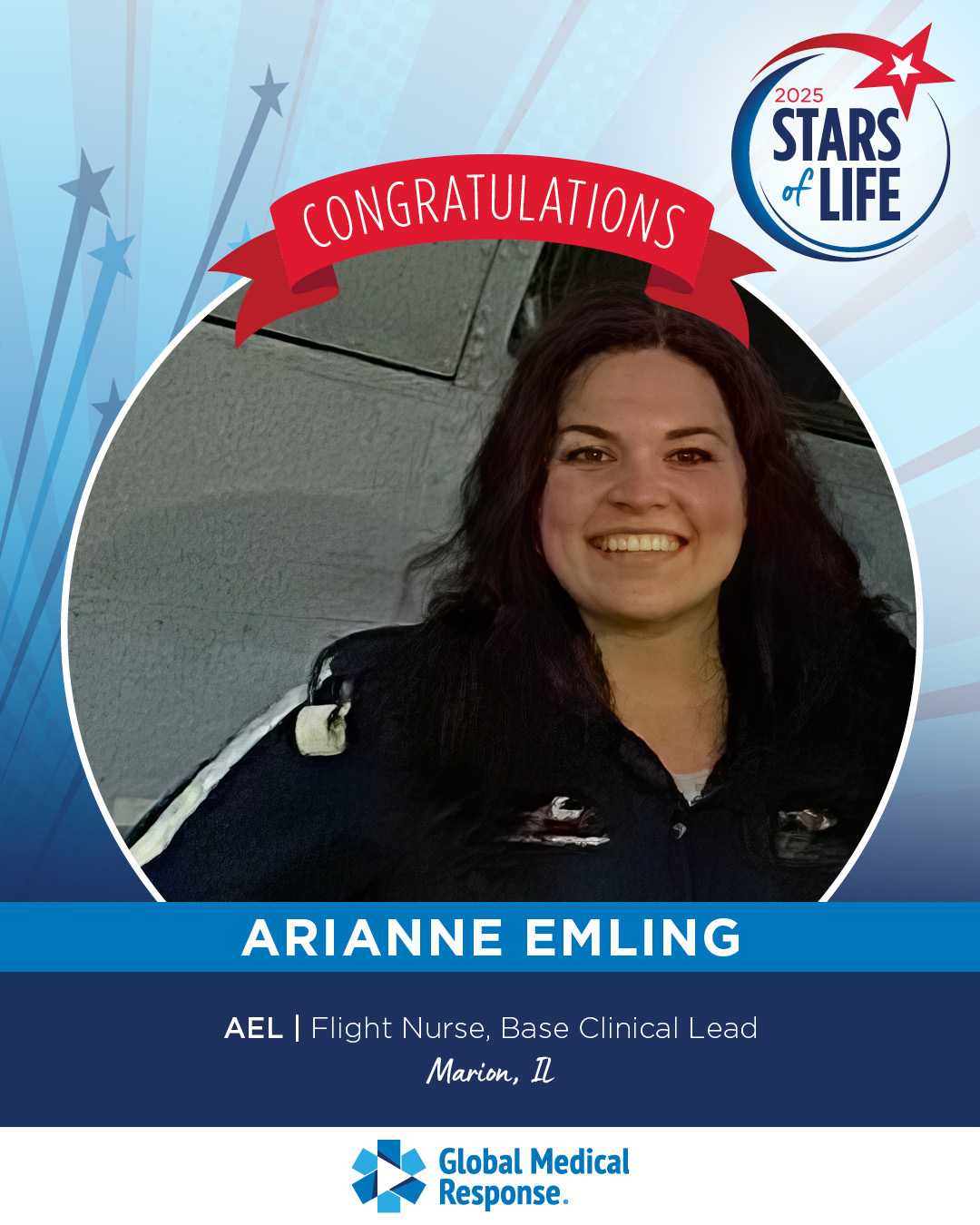
Arianne Emling, Flight Nurse, Base Clinical Lead, Air Evac Lifeteam
2025 Stars of Life Recipient

Jimi Estrada-Velazquez, Paramedic, AMR
2025 Stars of Life Recipient

Marc Flores, Flight Paramedic, Air Evac Lifeteam
2025 Stars of Life Recipient

Kenny Glimme, Flight Paramedic, REACH Air Medical Services
2025 Stars of Life Recipient
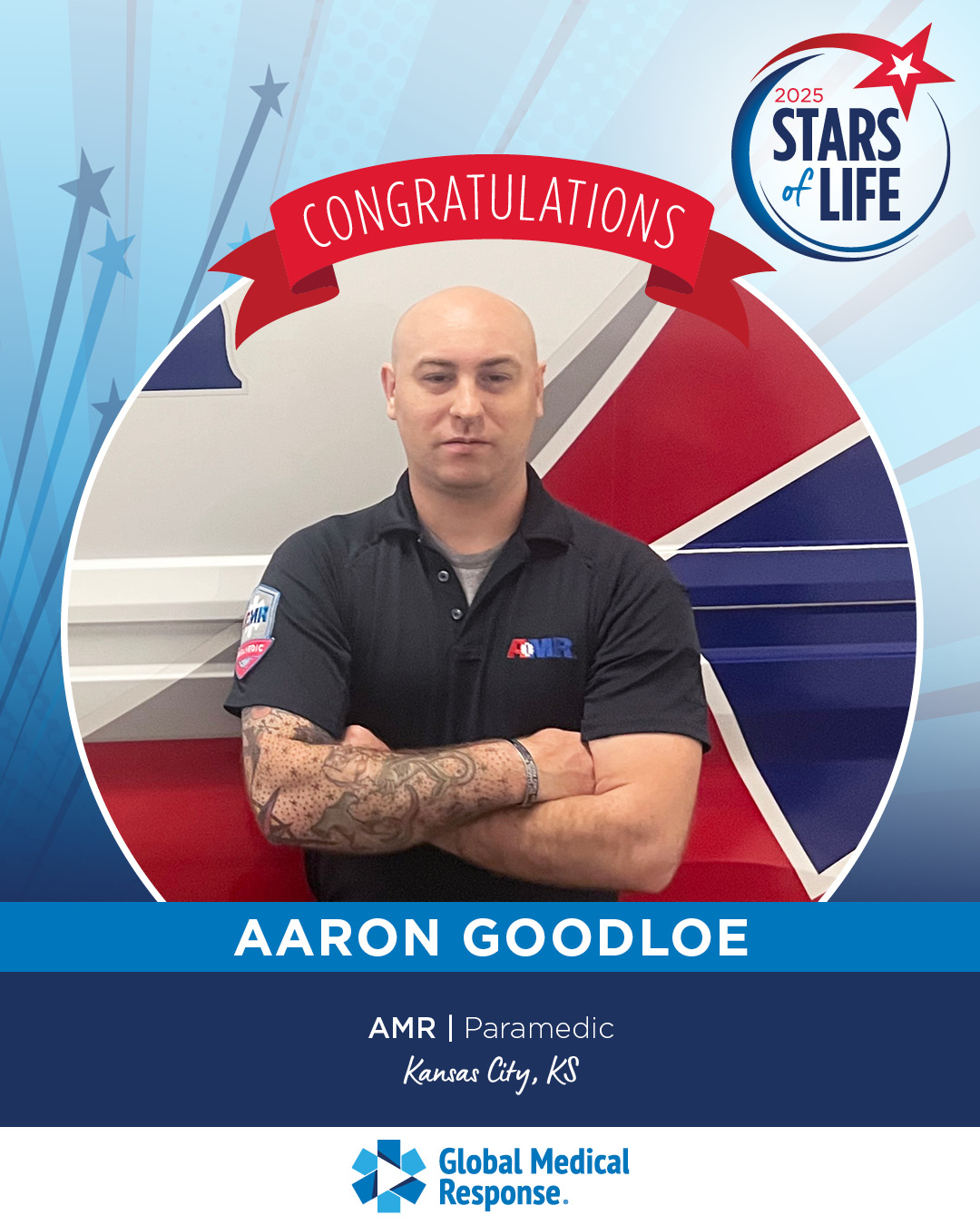
Aaron Goodloe, Paramedic, AMR
2025 Stars of Life Recipient
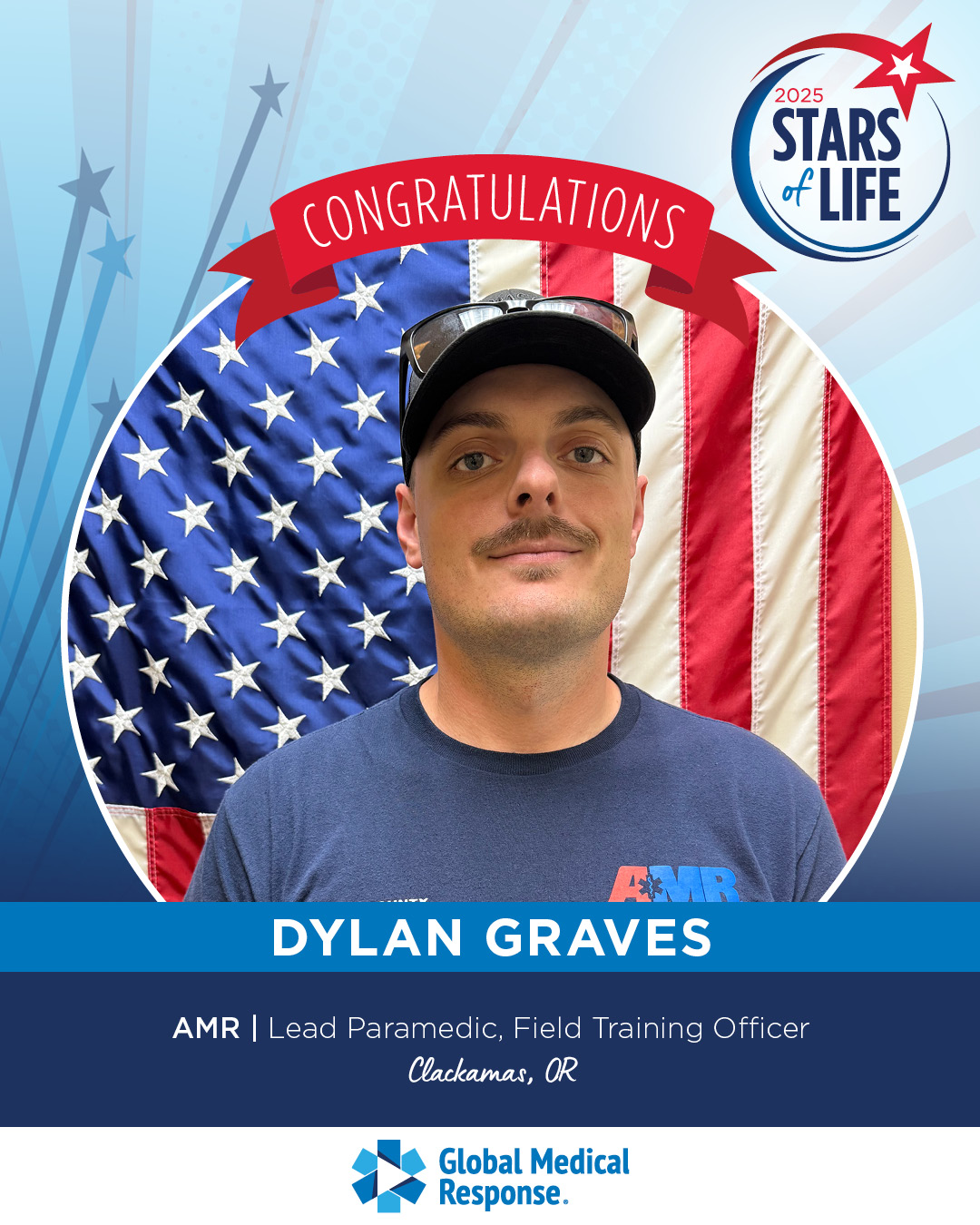.jpg)
Dylan Graves, Lead Paramedic, Field Training Officer, AMR
2025 Stars of Life Recipient
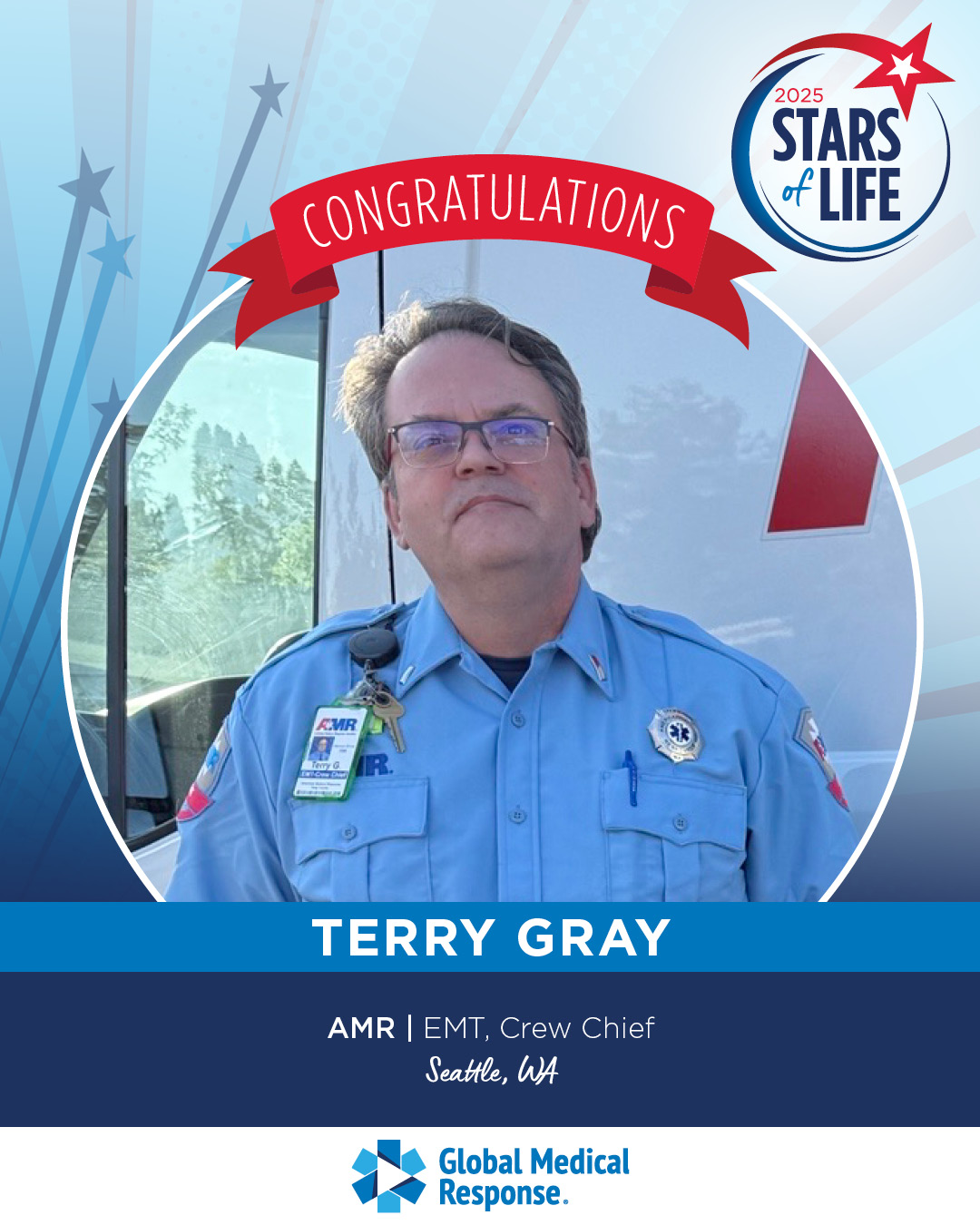
Terry Gray, Emergency Medical Technician, Crew Chief, AMR
2025 Stars of Life Recipient
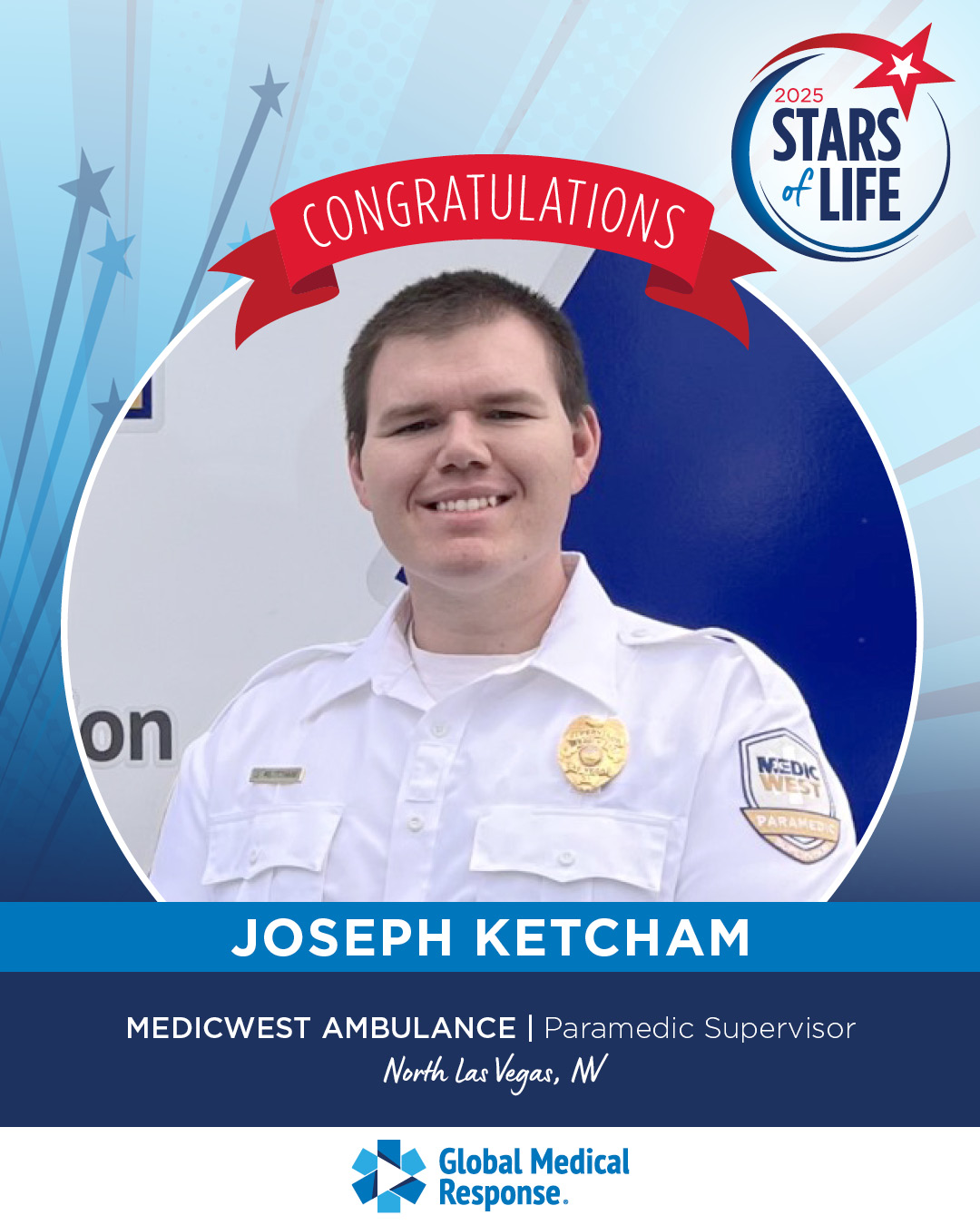
Joseph Ketcham, Paramedic Supervisor
2025 Stars of Life Recipient

PJ Lowe, Advanced EMT, Field Training Officer, AMR
2025 Stars of Life Recipient
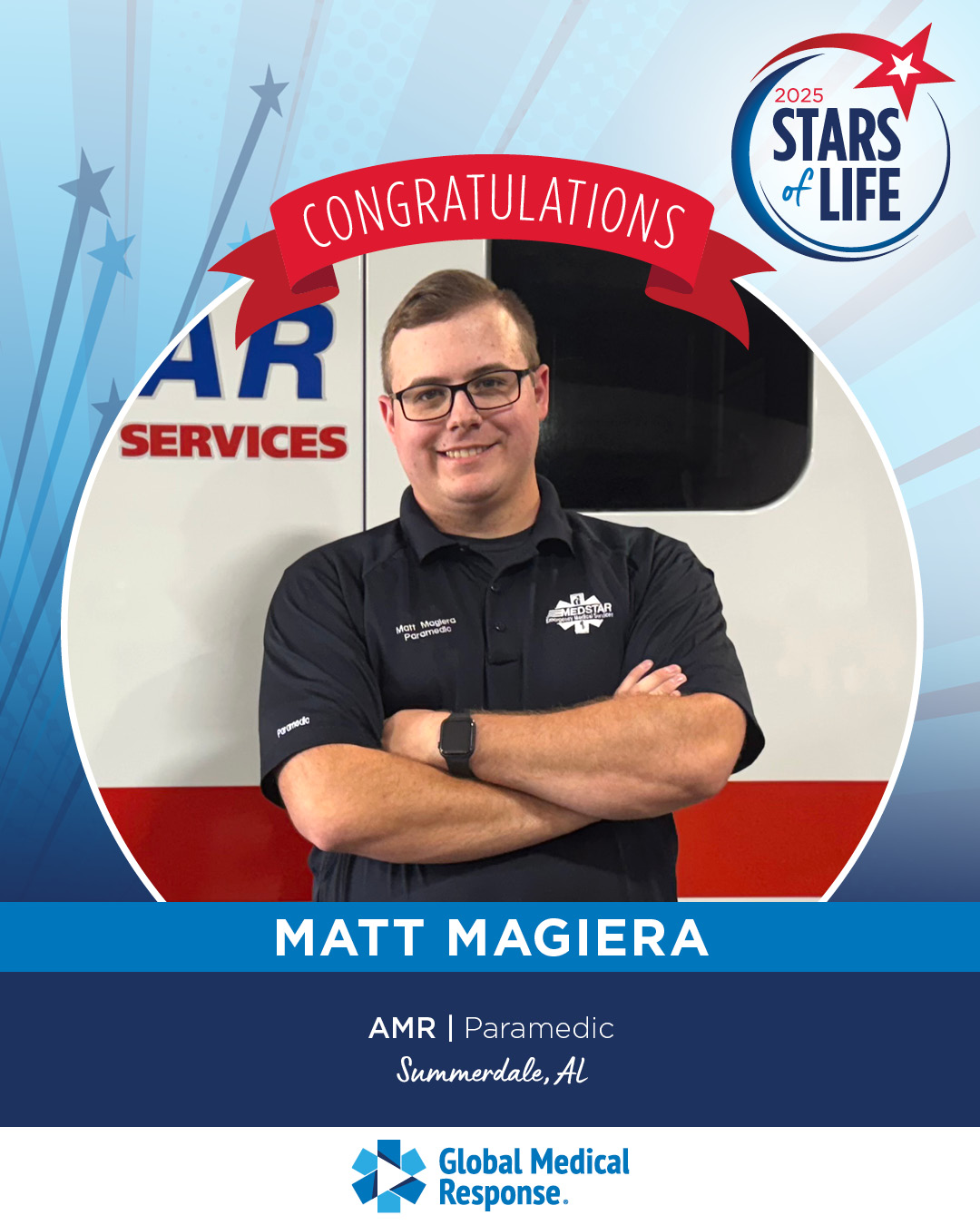
Matt Magiera, Paramedic, AMR
2025 Stars of Life Recipient
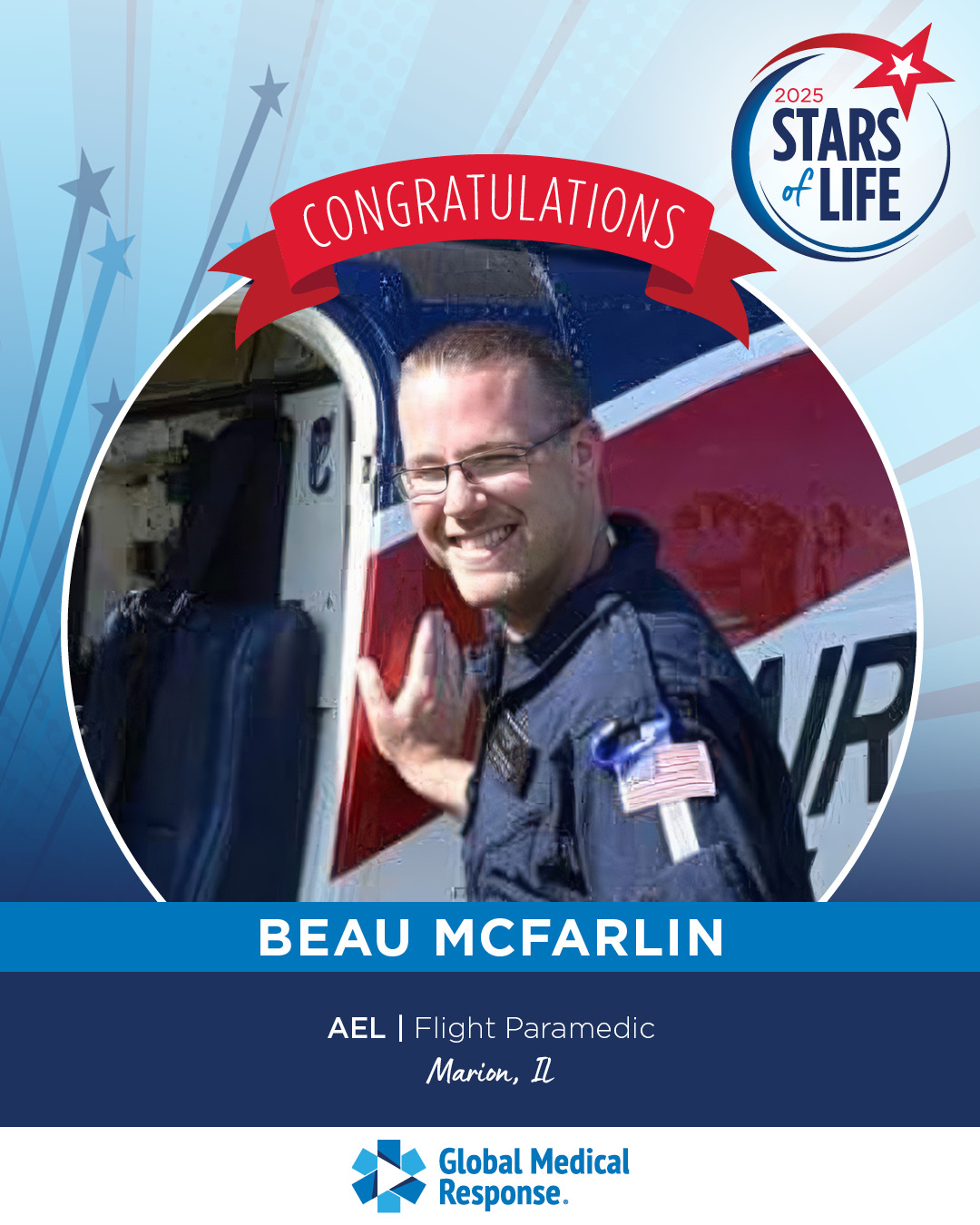
Beau McFarlin, Flight Paramedic, Air Evac Lifeteam
2025 Stars of Life Recipient

Alexander Megquier, Paramedic, AMR
2025 Stars of Life Recipient

Douglas Milks, Paramedic, AMR
2025 Stars of Life Recipient

Magen Morris, Paramedic, Special Event Administrative Supervisor, AMR
2025 Stars of Life Recipient

Holly Nasello, Paramedic, Life Line Ambulance
2025 Stars of Life Recipient
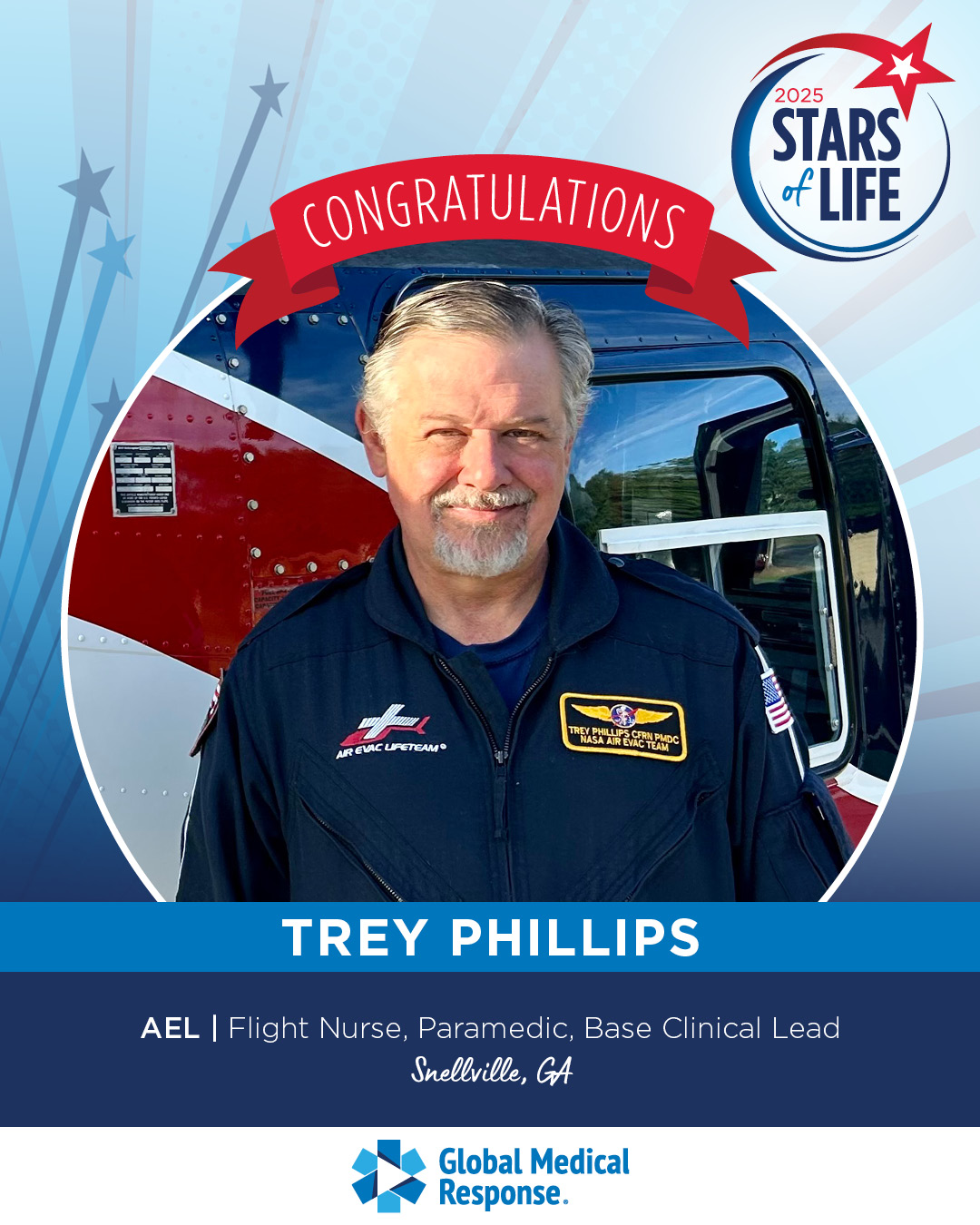
Trey Phillips, Flight Nurse, Paramedic, Base Clinical Lead, Air Evac Lifeteam
2025 Stars of Life Recipient

Rick Pringle, Paramedic, AMR
2025 Stars of Life Recipient
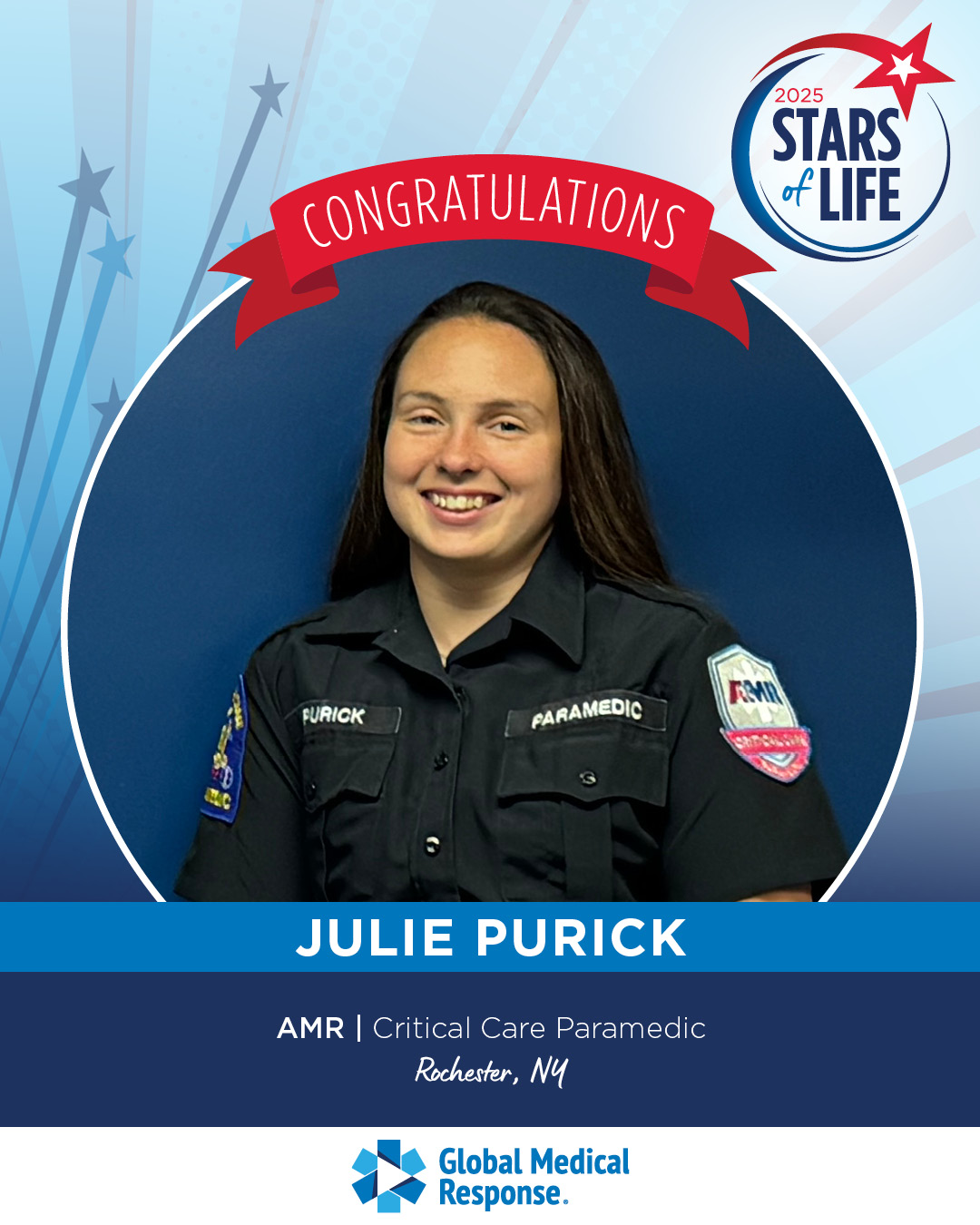
Julie Purick, Critical Care Paramedic, AMR
2025 Stars of Life Recipient
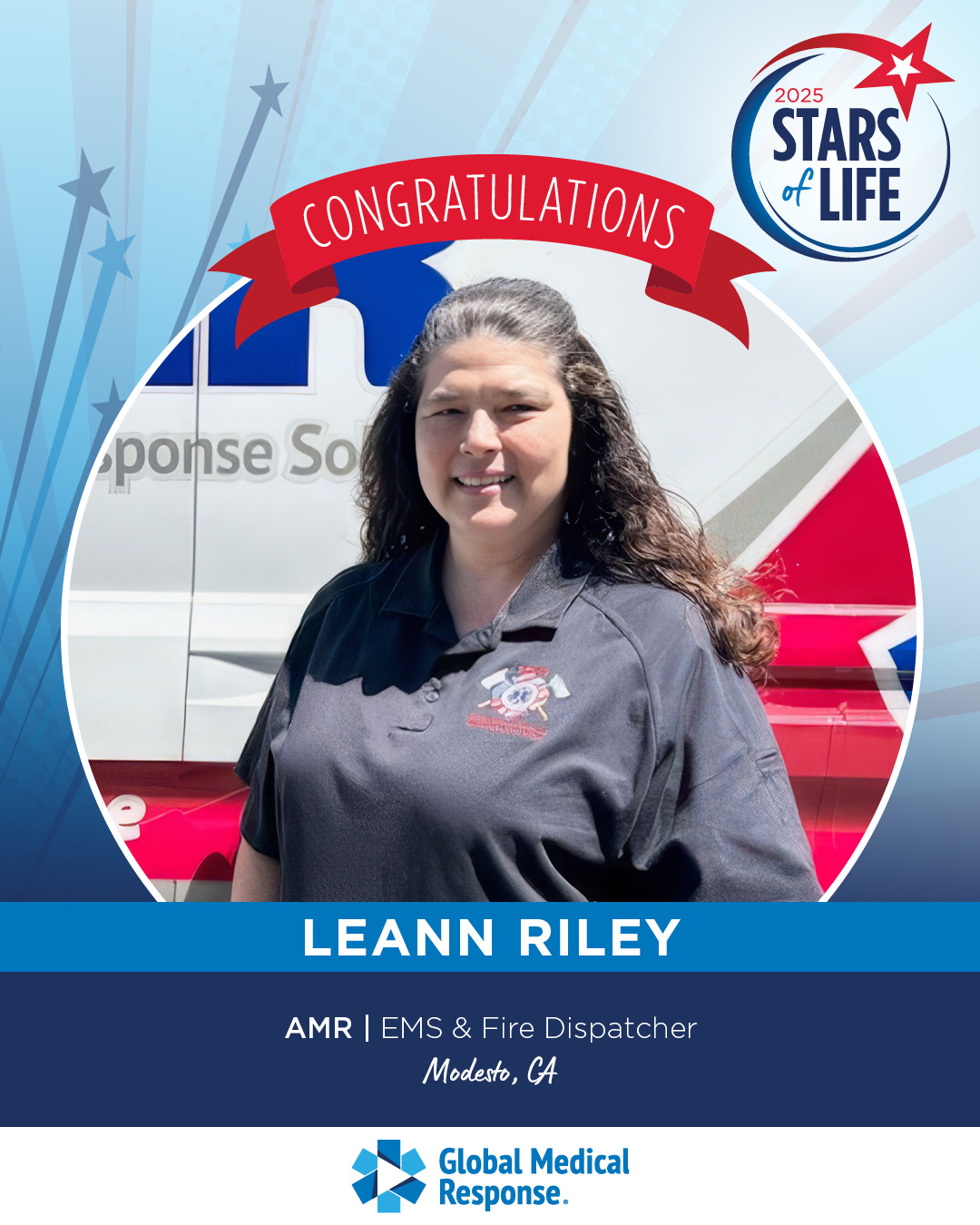
LeAnn Riley, EMS & Fire Dispatcher
2025 Stars of Life Recipient
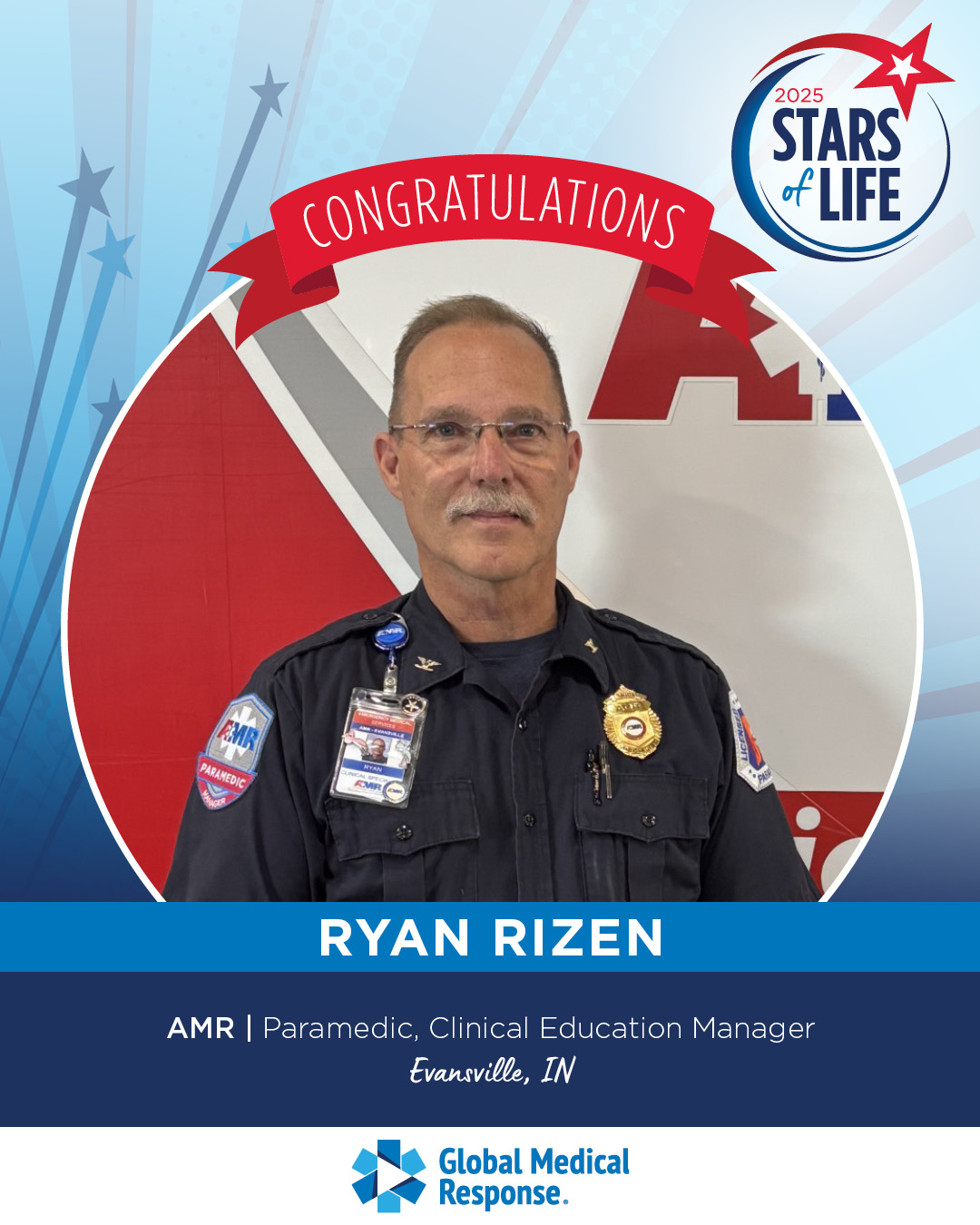
Ryan Rizen, Paramedic, Clinical Education Manager, AMR
2025 Stars of Life Recipient
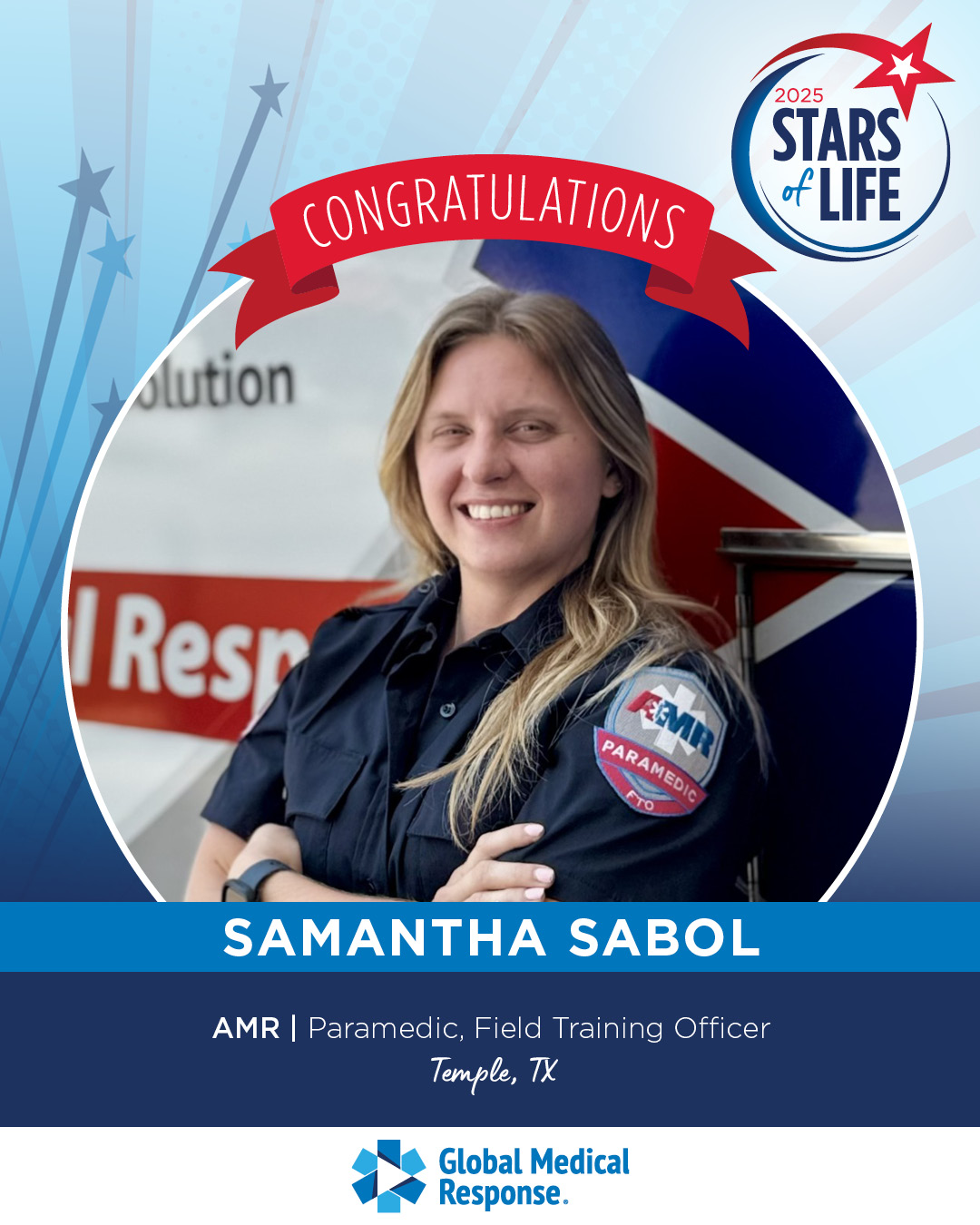
Samantha Sabol, Paramedic, Field Training Officer, AMR
2025 Stars of Life Recipient

Missy Satterfield, Flight Nurse, Paramedic, Air Evac Lifeteam
2025 Stars of Life Recipient
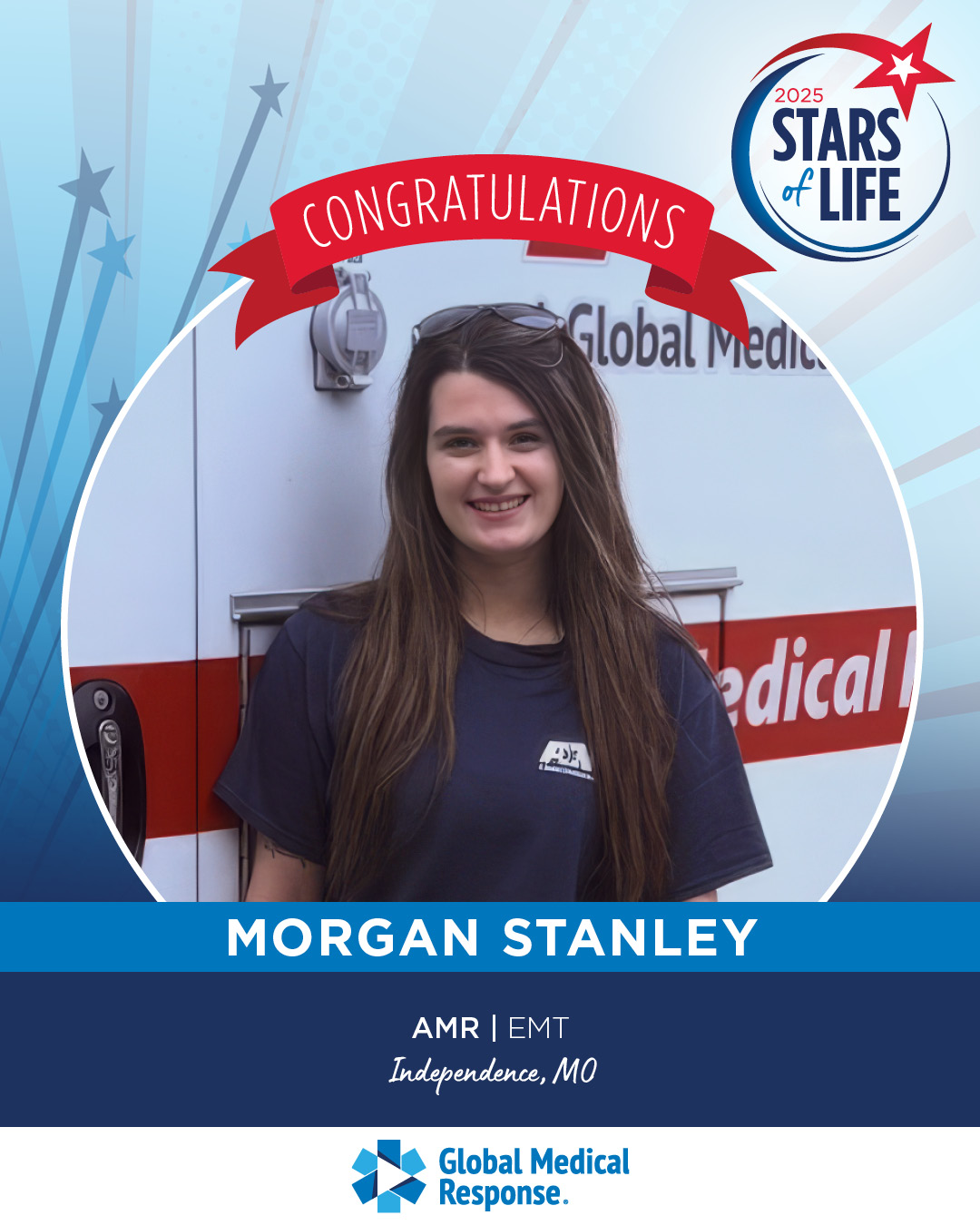
Morgan Stanley, EMT, AMR
2025 Stars of Life Recipient

Dustin Wilson, Paramedic, AMR
2025 Stars of Life Recipient
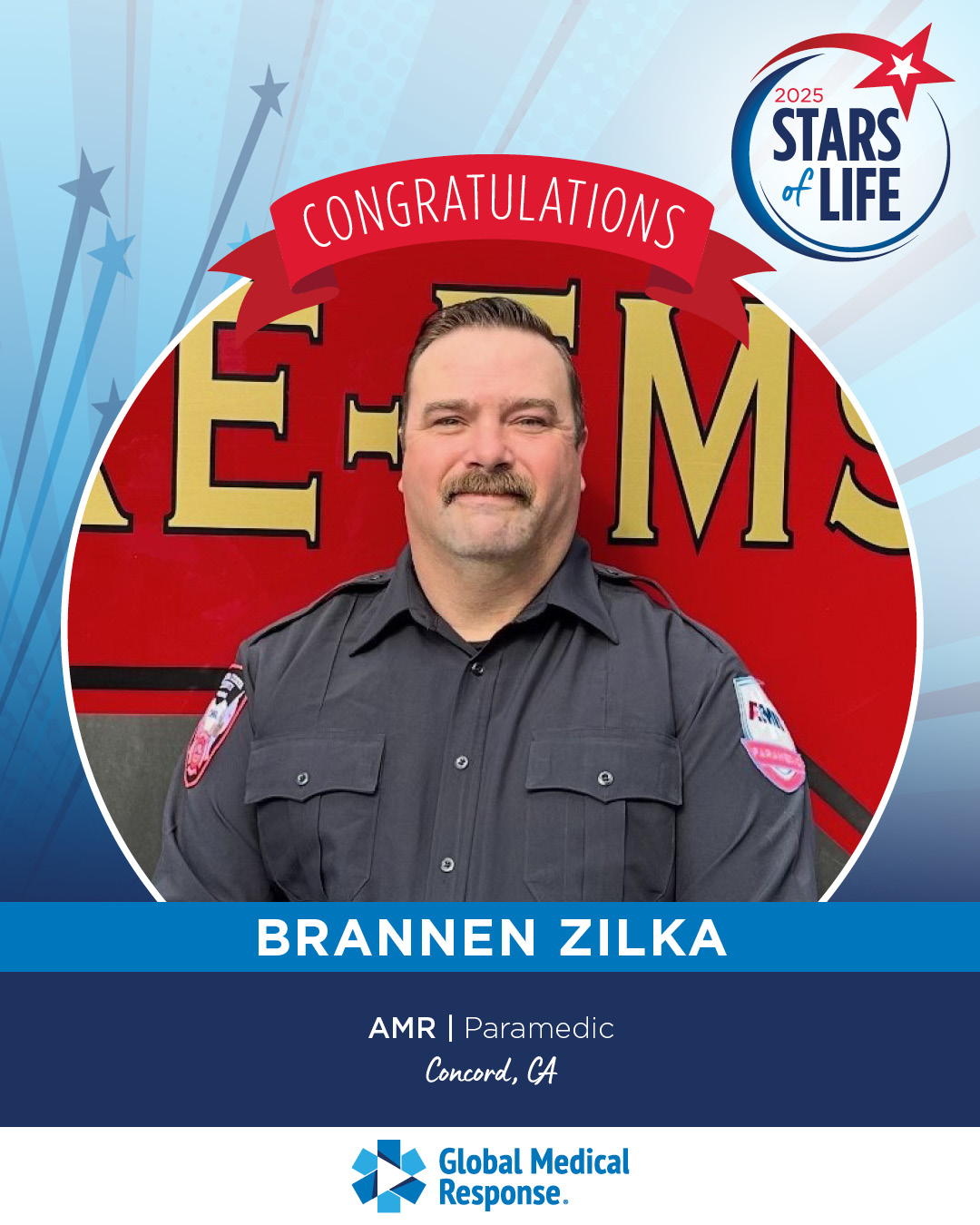.jpg)
Brannen Zilka, Paramedic, AMR
2025 Stars of Life Recipient
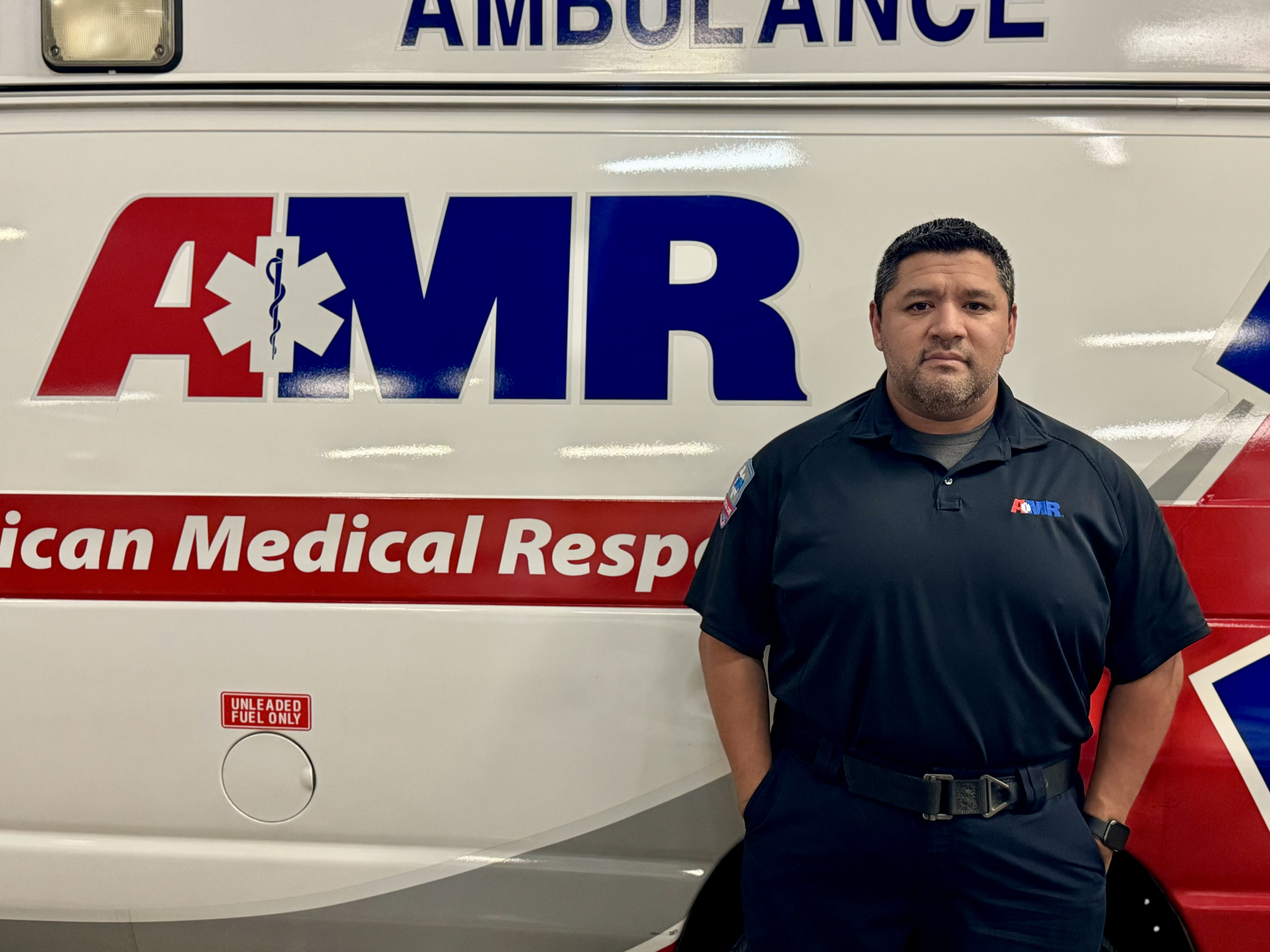
Frank Alba, Critical Care Paramedic, Field Training Officer, AMR
2024 Stars of Life Recipient
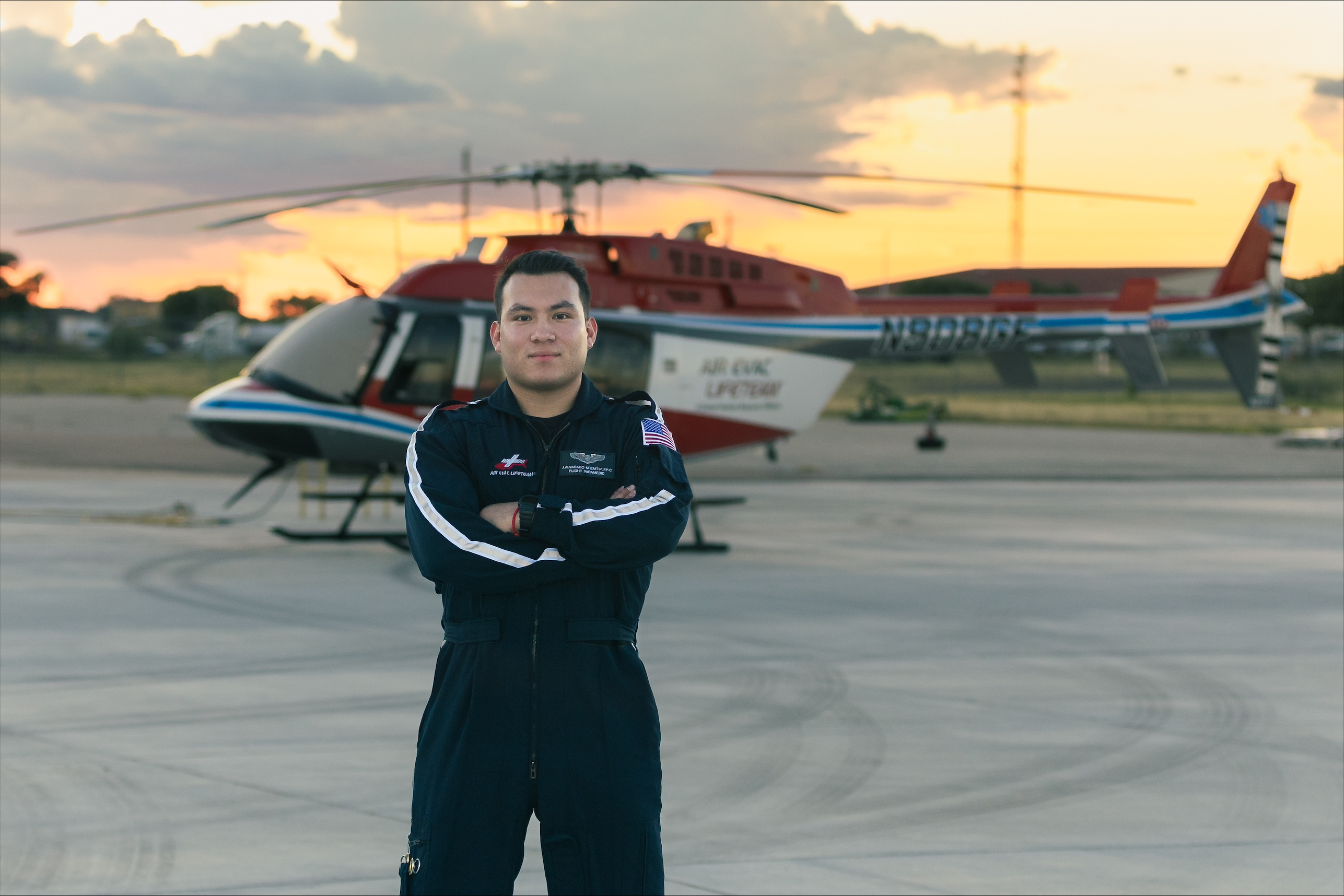
Johan Alvarado, Flight Paramedic, Air Evac Lifeteam
2024 Stars of Life Recipient

Aubree Arneson, Advanced Emergency Medical Technician, Cal-Ore Life Flight
2024 Stars of Life Recipient
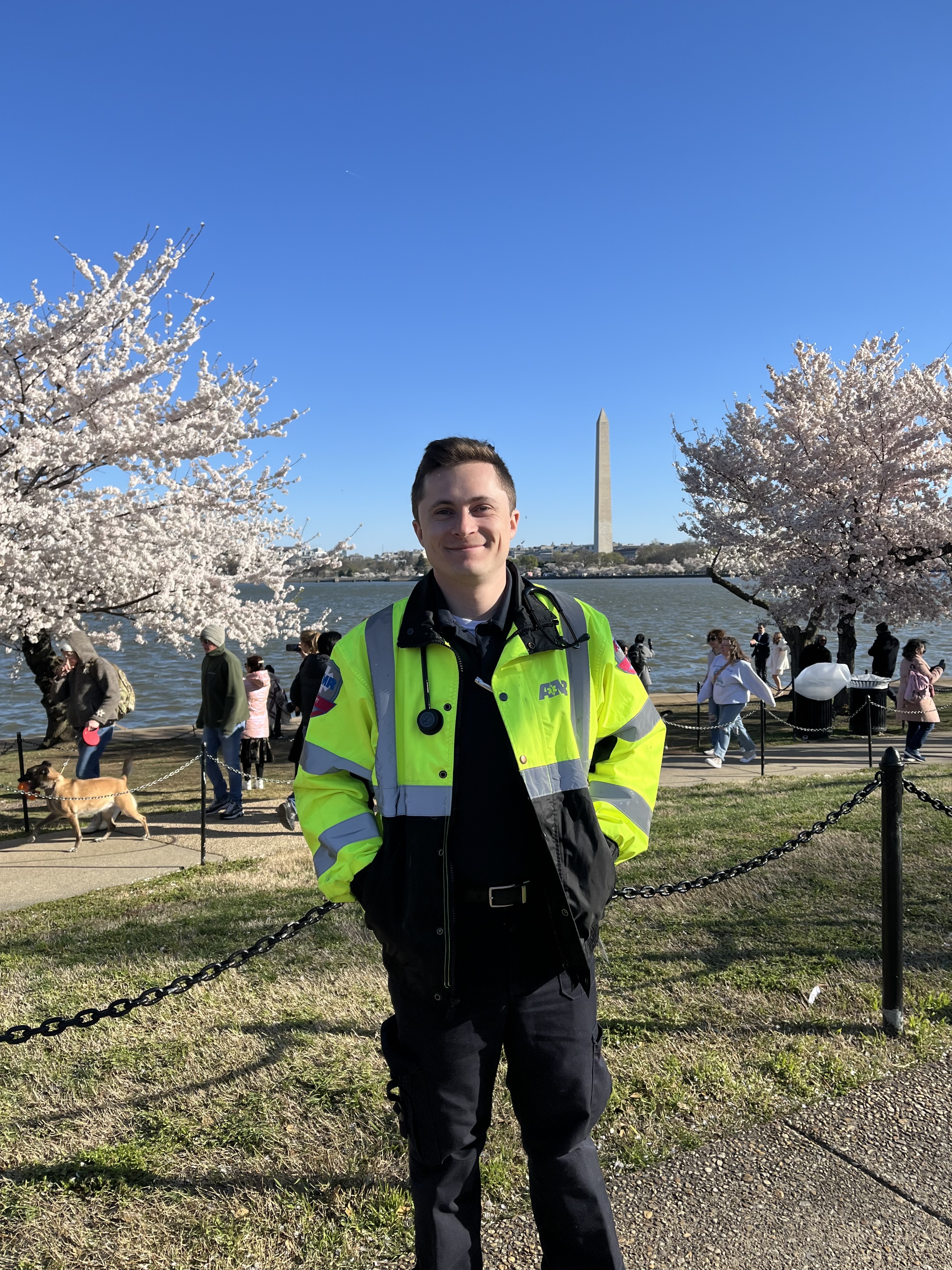
Henry Barsh, Emergency Medical Technician, AMR
2024 Stars of Life Recipient
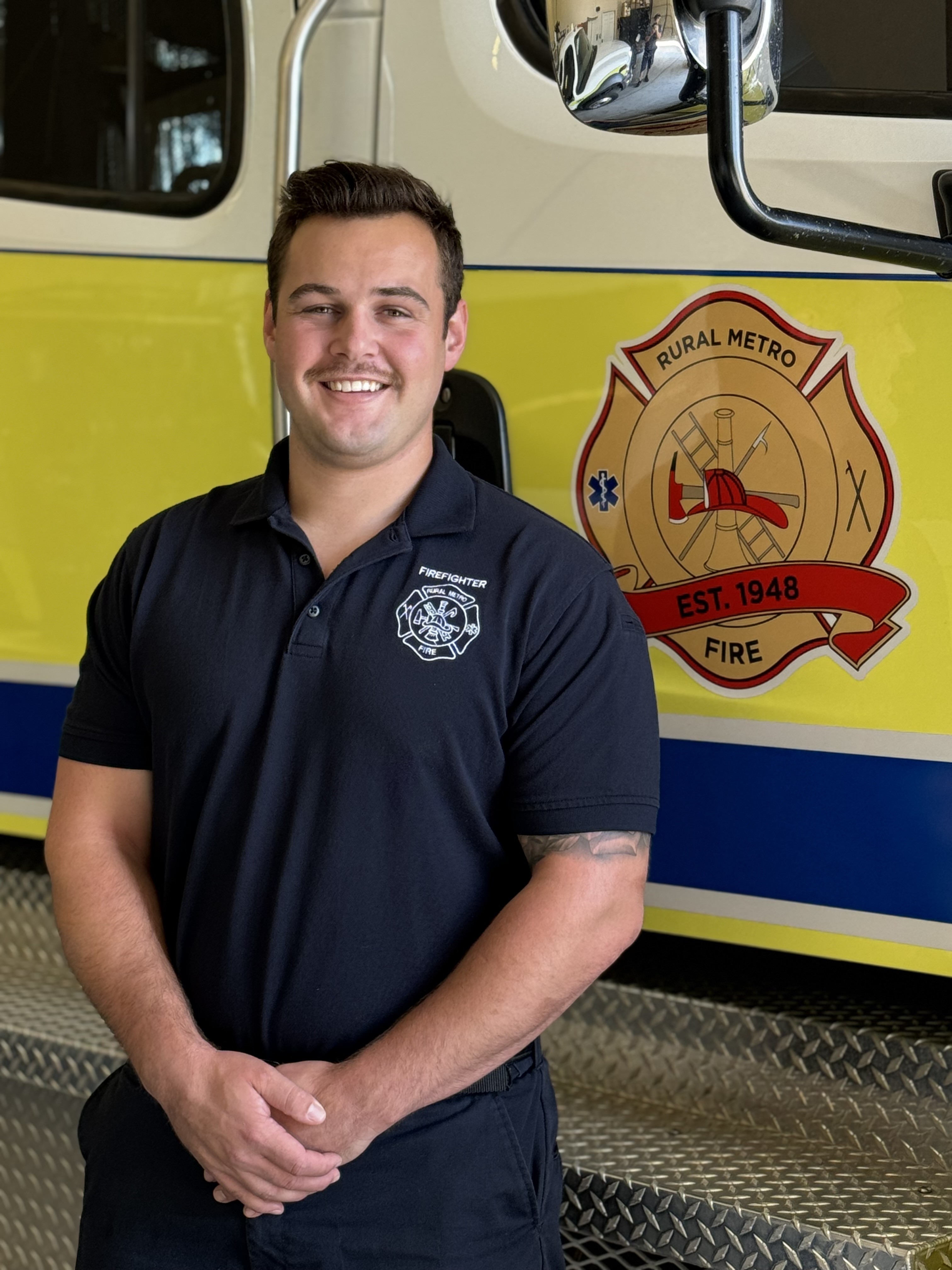
Antoine Berenger, Firefighter, Emergency Medical Technician, Rural Metro Fire
2024 Stars of Life Recipient
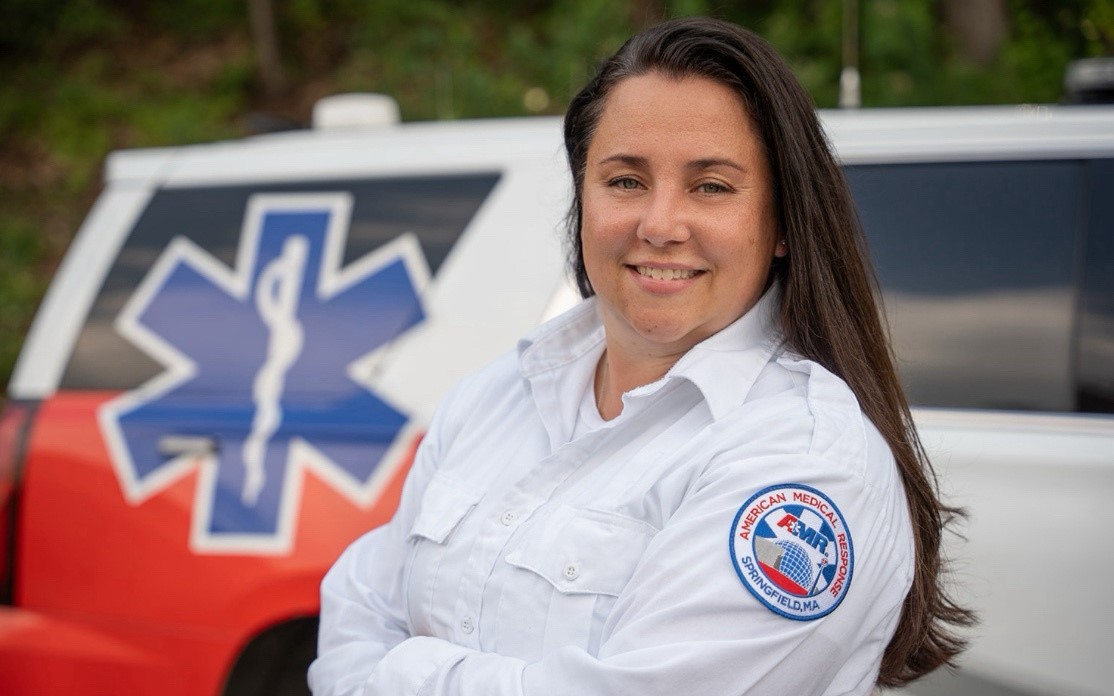
Emily Chandler, EMS Programs Manager, AMR
2024 Stars of Life Recipient
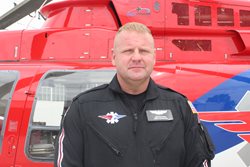
Josh Cavaness, Flight Paramedic, EagleMed
2024 Stars of Life Recipient
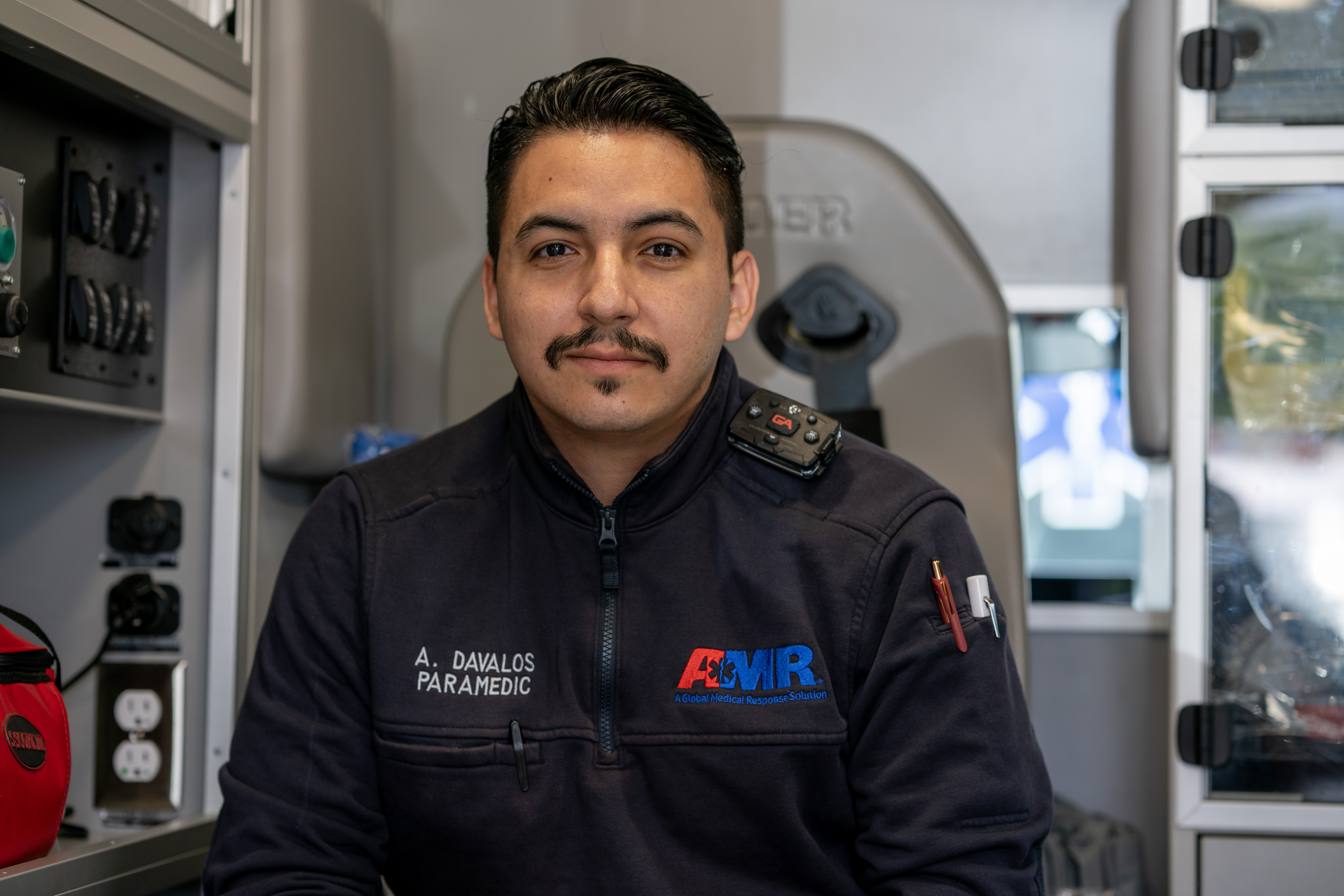
Andrew Davalos, Paramedic, AMR
2024 Stars of Life Recipient
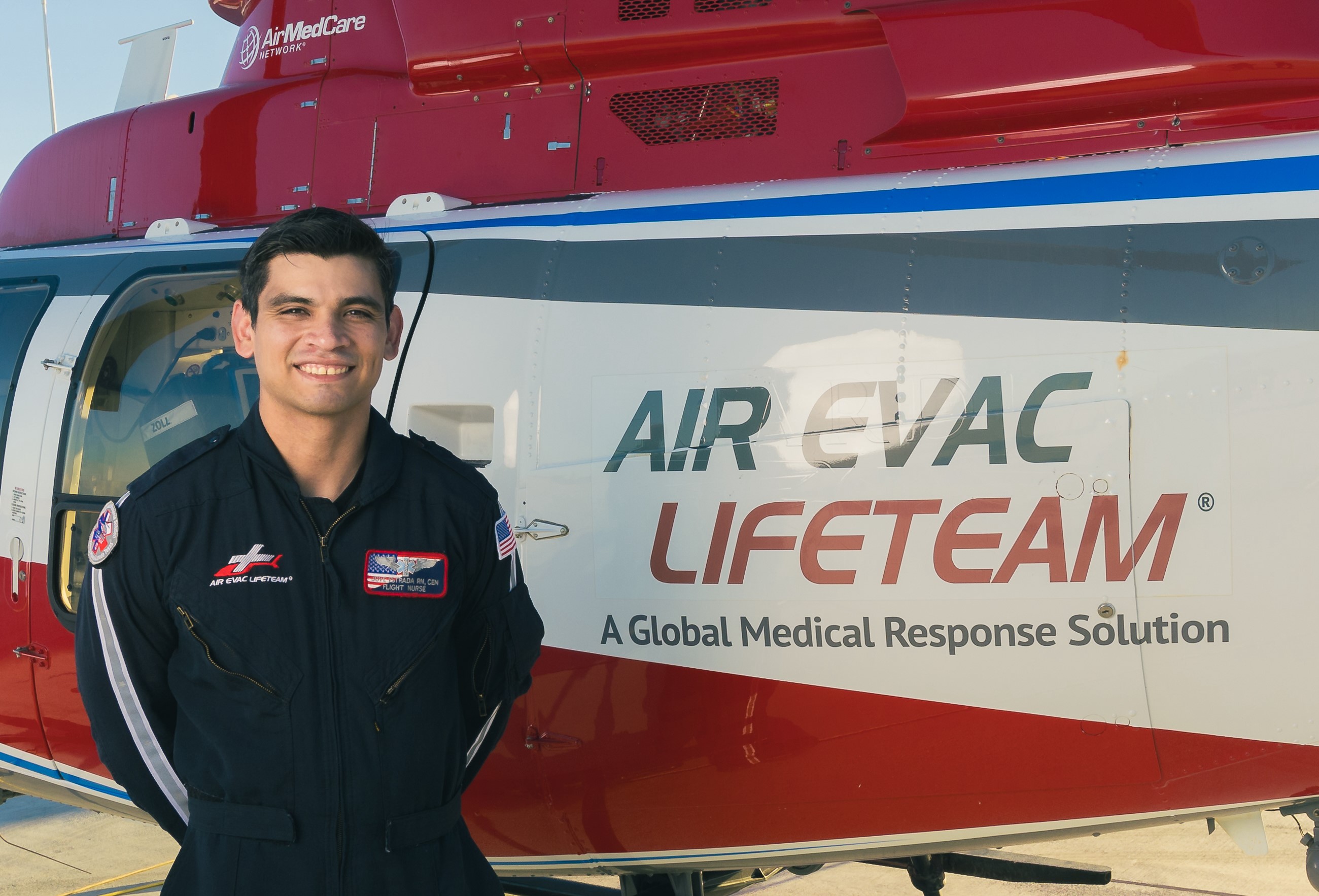
Juvencio Estrada, Flight Nurse, Air Evac Lifeteam
2024 Stars of Life Recipient

Brent Fisher, Flight Paramedic, Air Evac Lifeteam
2024 Stars of Life Recipient
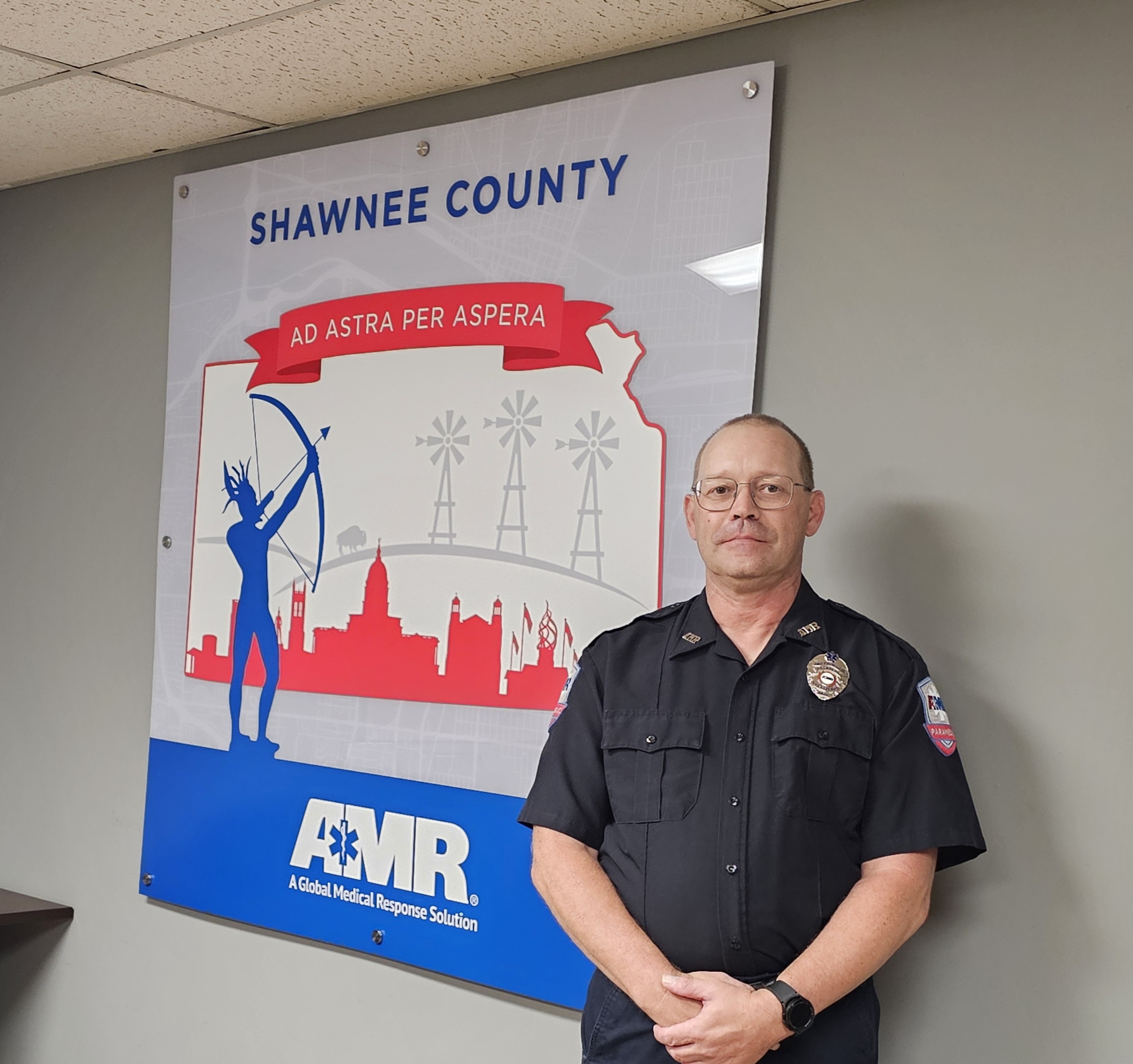
Jason Florance, Paramedic, AMR
2024 Stars of Life Recipient
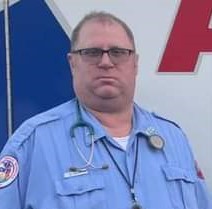
Scotland Hamlin, Field Training Officer, Emergency Medical Technician, AMR
2024 Stars of Life Recipient
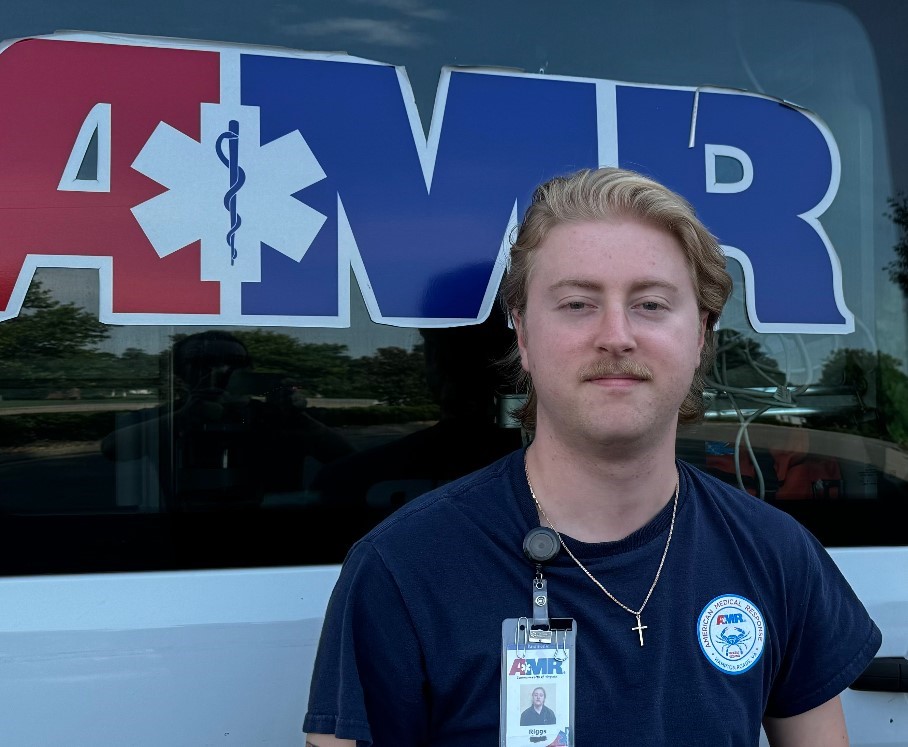
Riggs Egolf, Paramedic, AMR
2024 Stars of Life Recipient
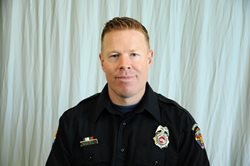
Jason Henry, Fire Captain, Rural Metro Fire
2024 Stars of Life Recipient
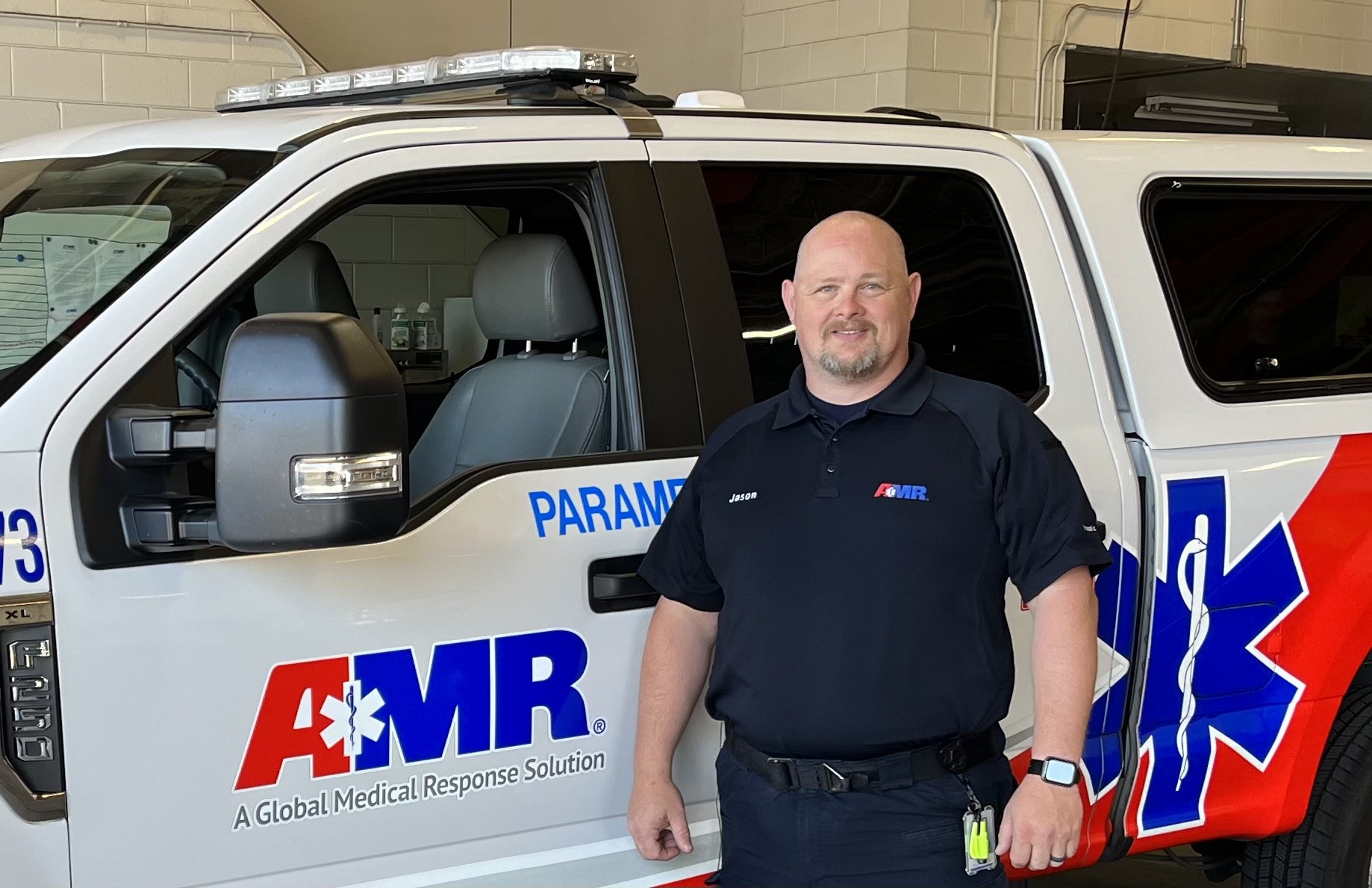
Jason Hodges, Operations Supervisor, Honor Guard Commander, AMR
2024 Stars of Life Recipient
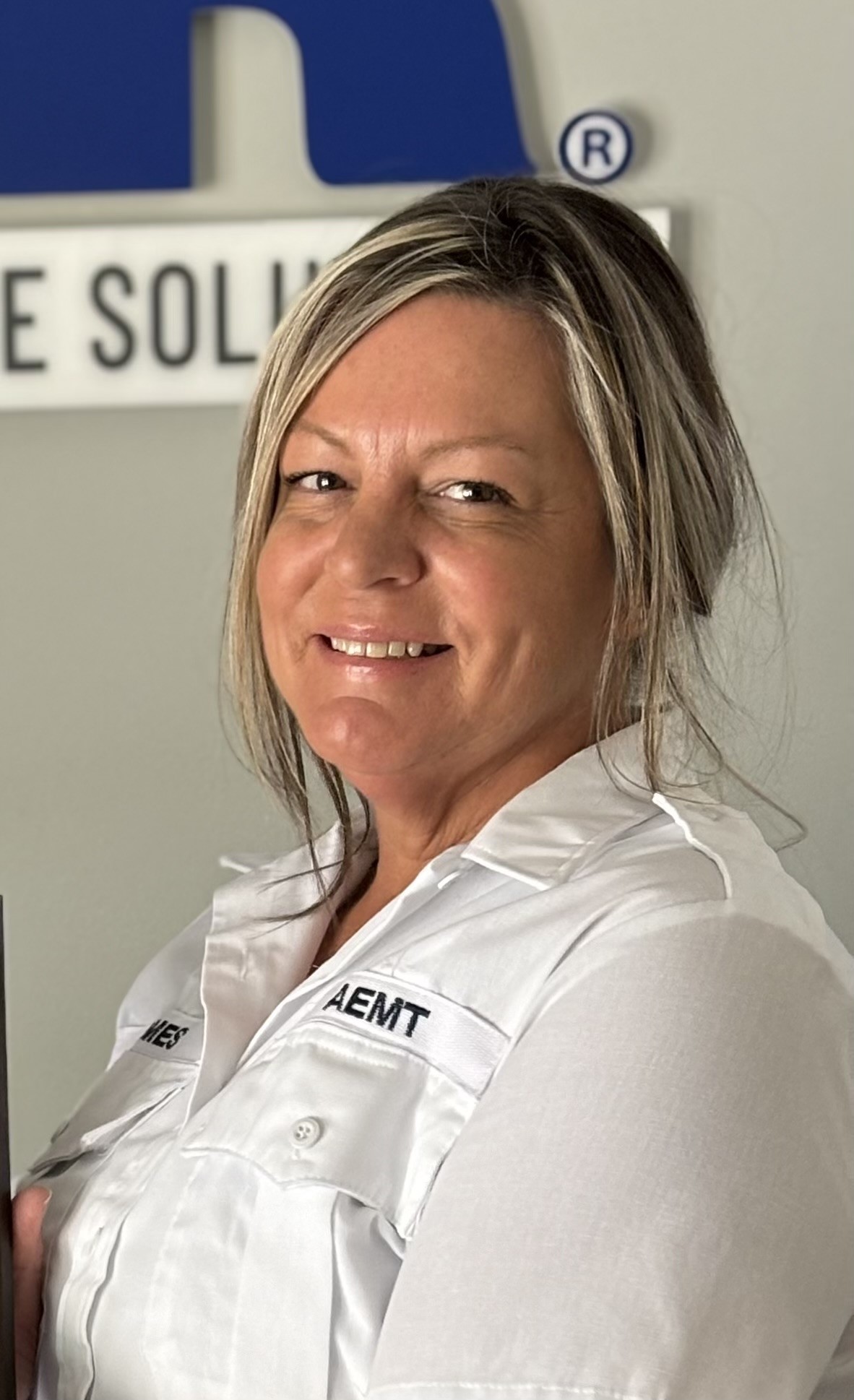
Heather James, Advanced Emergency Medical Technician, AMR
2024 Stars of Life Recipient
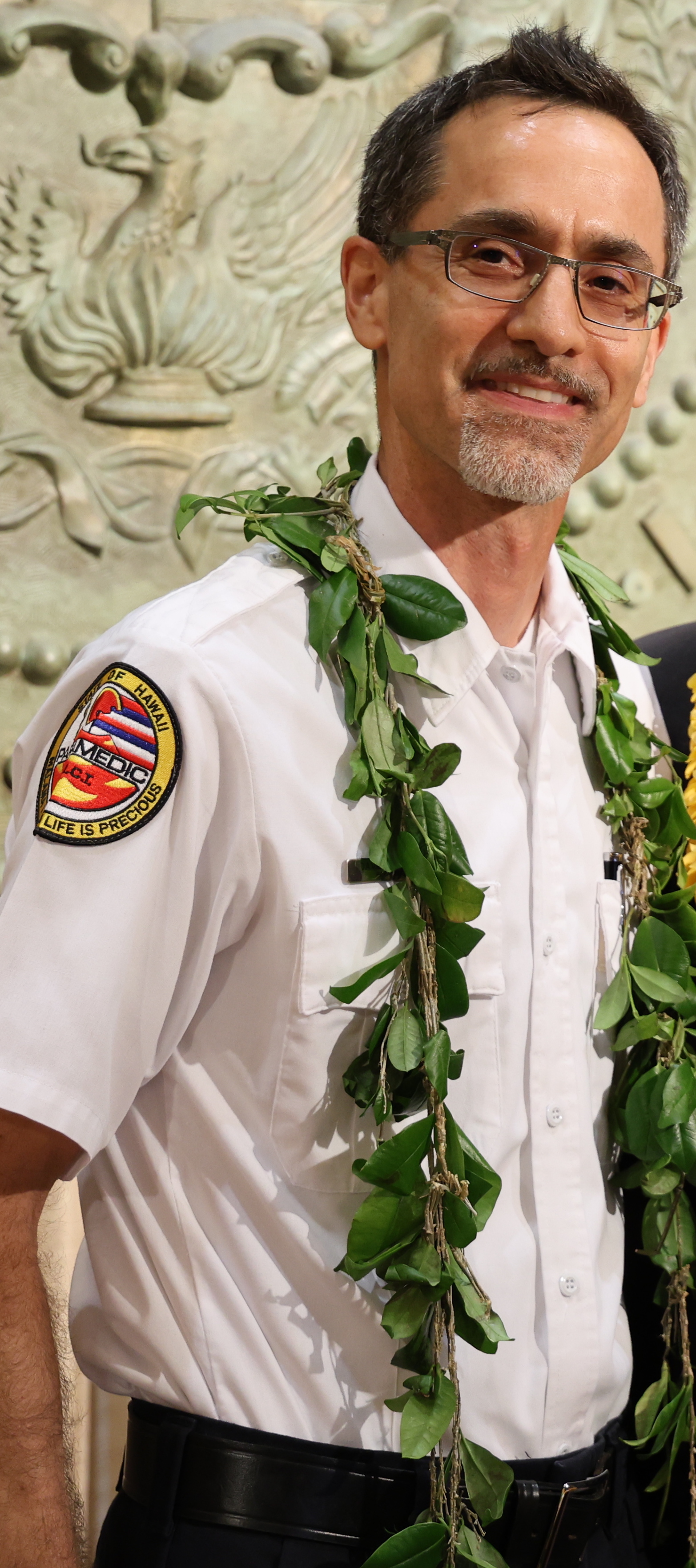
David Kingdon, Paramedic, AMR
2024 Stars of Life Recipient
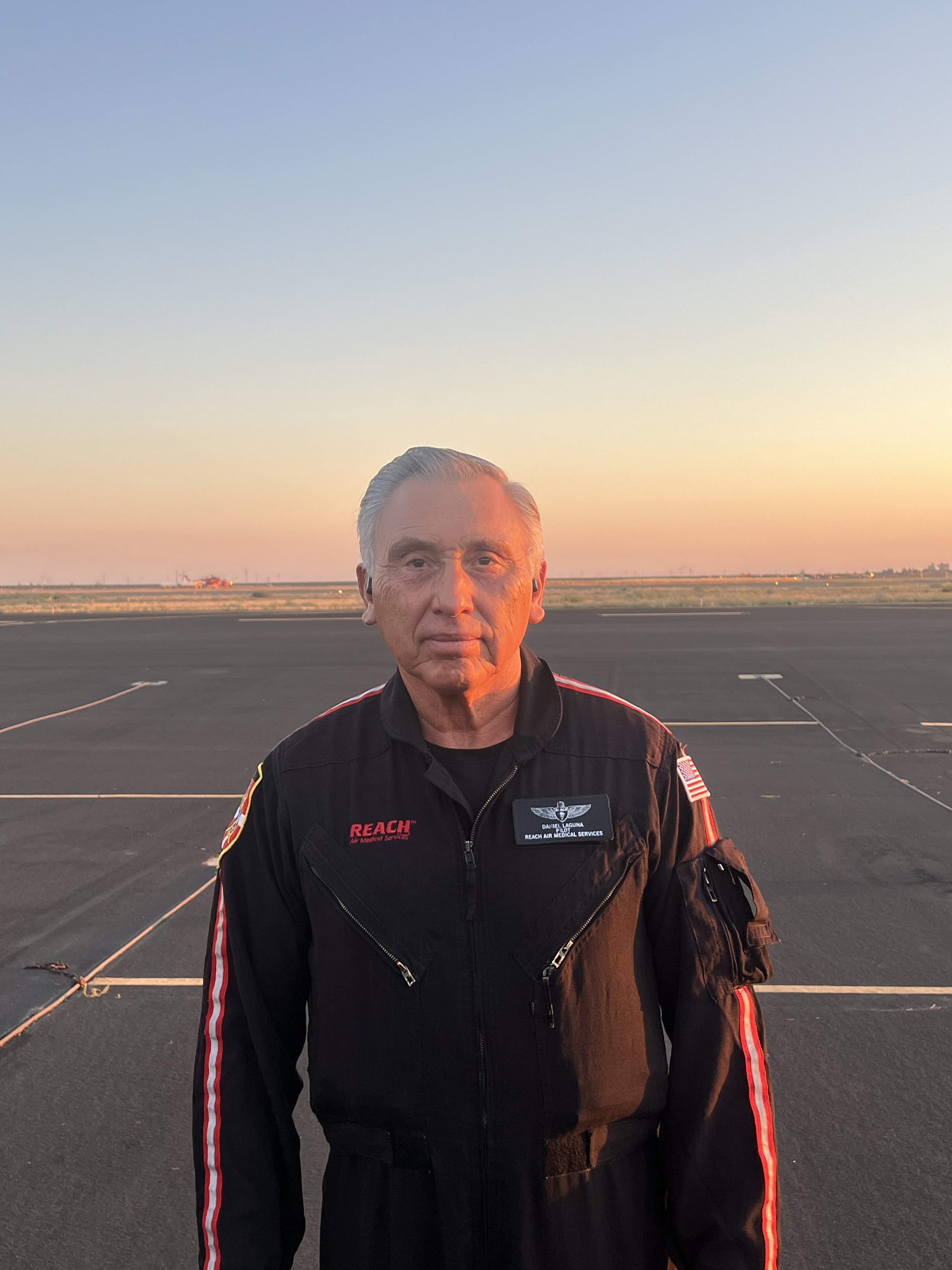
Daniel Laguna, Pilot, REACH Air Medical Services
2024 Stars of Life Recipient
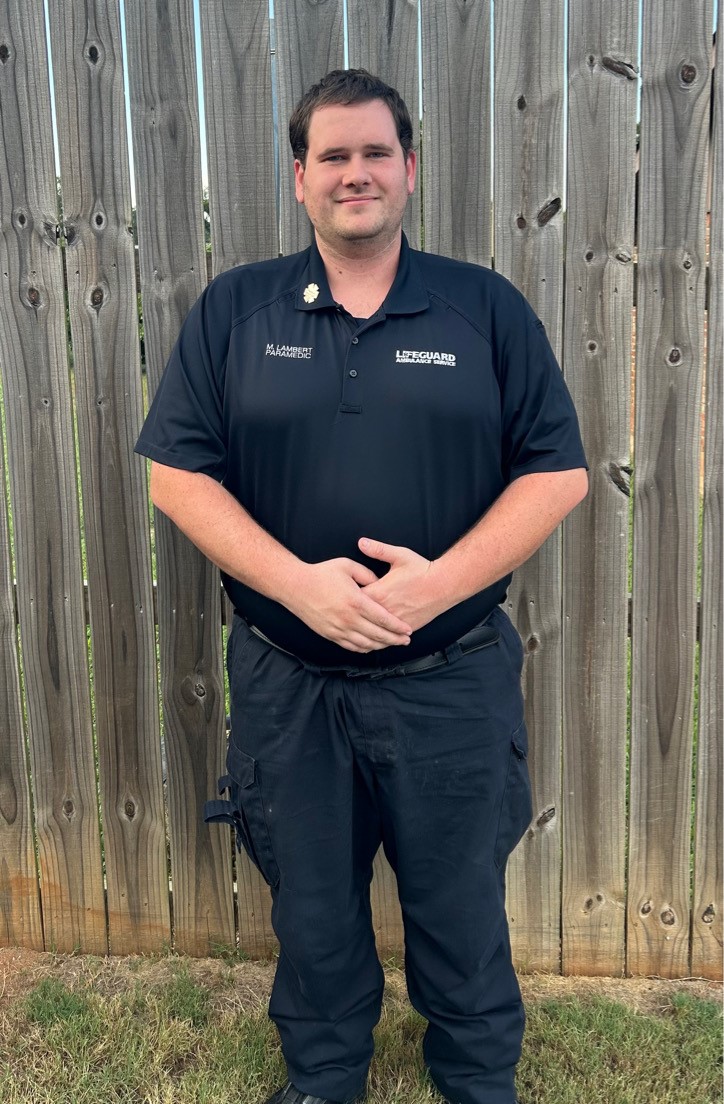
Matthew Lambert, Paramedic, Lifeguard Ambulance Service
2024 Stars of Life Recipient
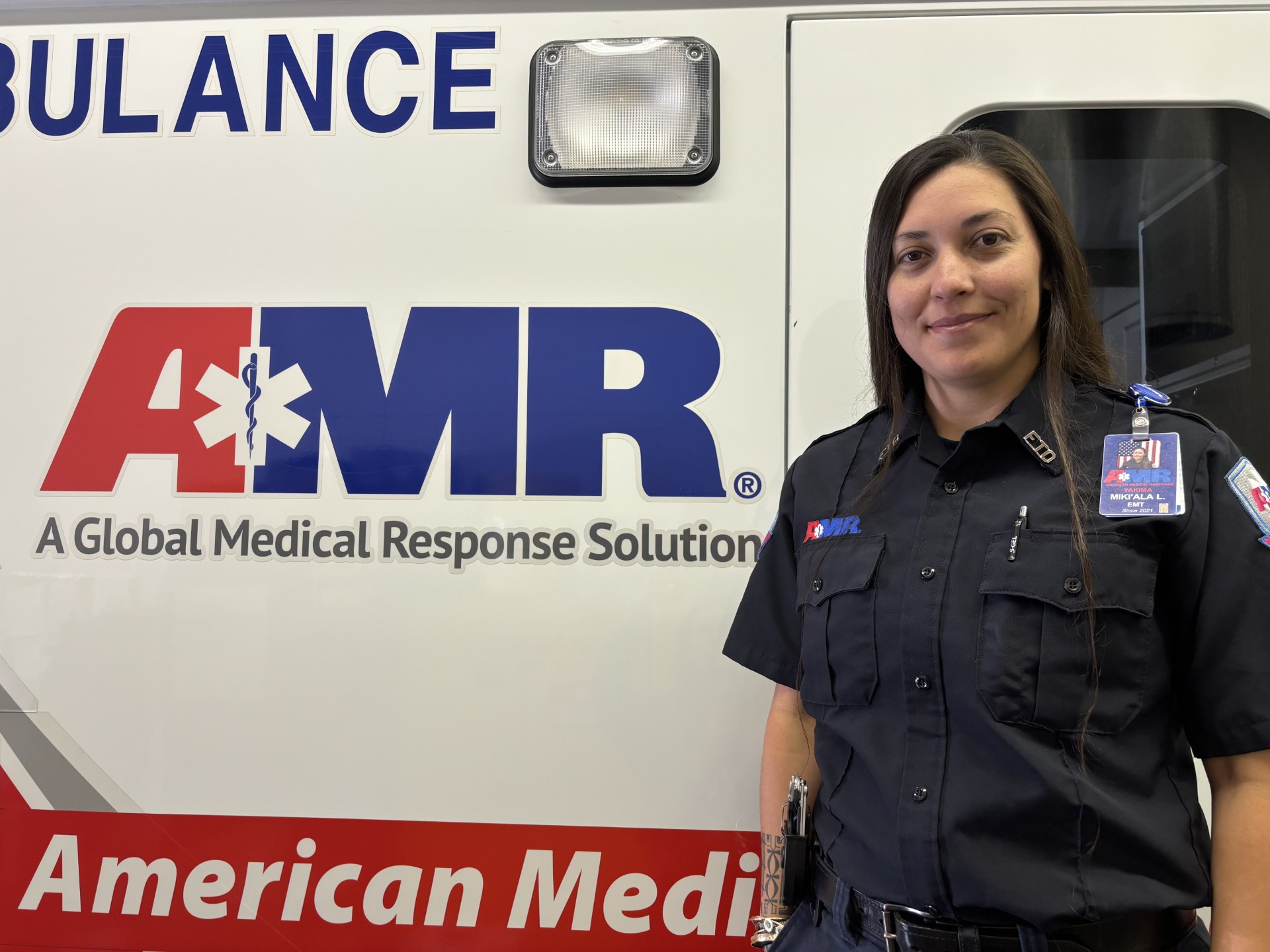
Miki Leslie, Emergency Medical Technician, Field Training Officer, AMR
2024 Stars of Life Recipient
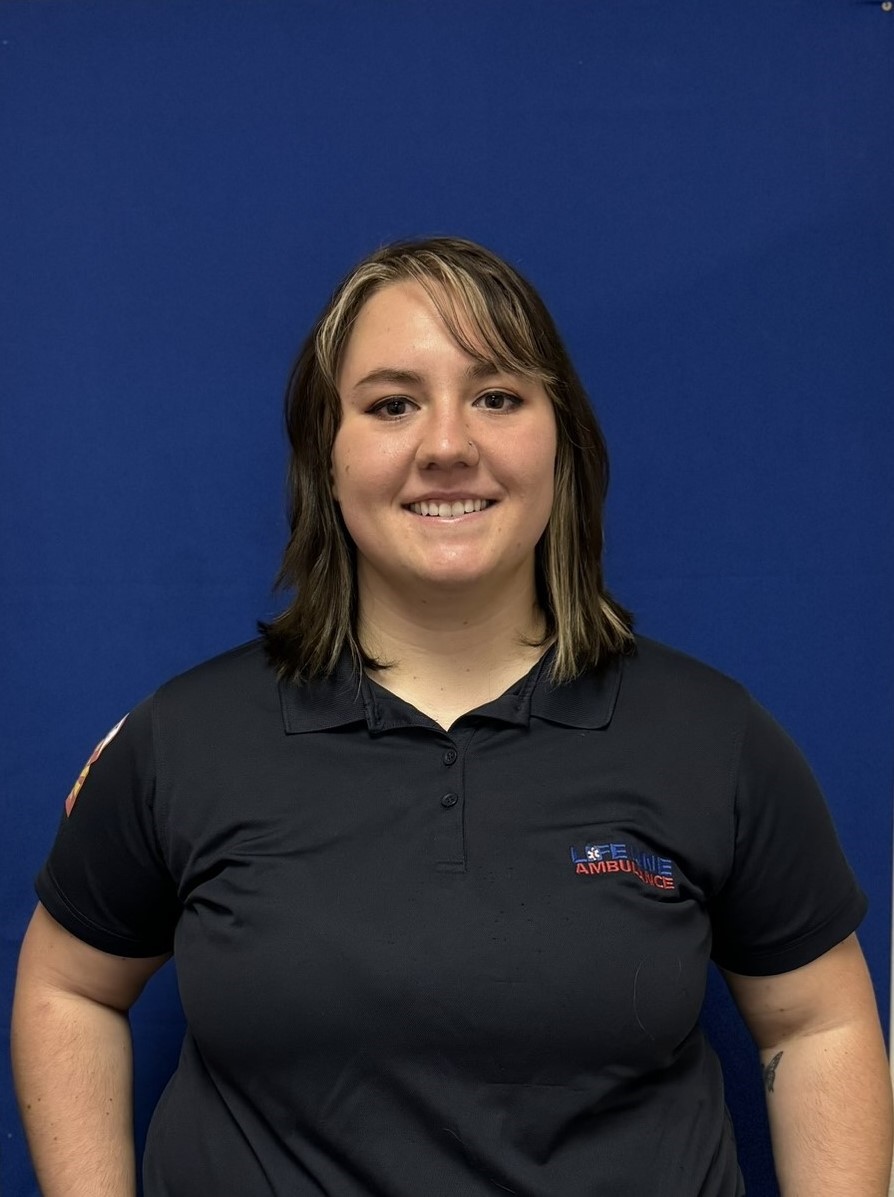
Alyssa Meier, Emergency Medical Technician, Life Line Ambulance
2024 Stars of Life Recipient

Eli Melamed, Paramedic, Life Line Ambulance
2024 Stars of Life Recipient
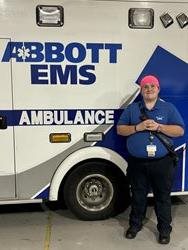
Megan Overbeck, Paramedic, Abbott EMS
2024 Stars of Life Recipient
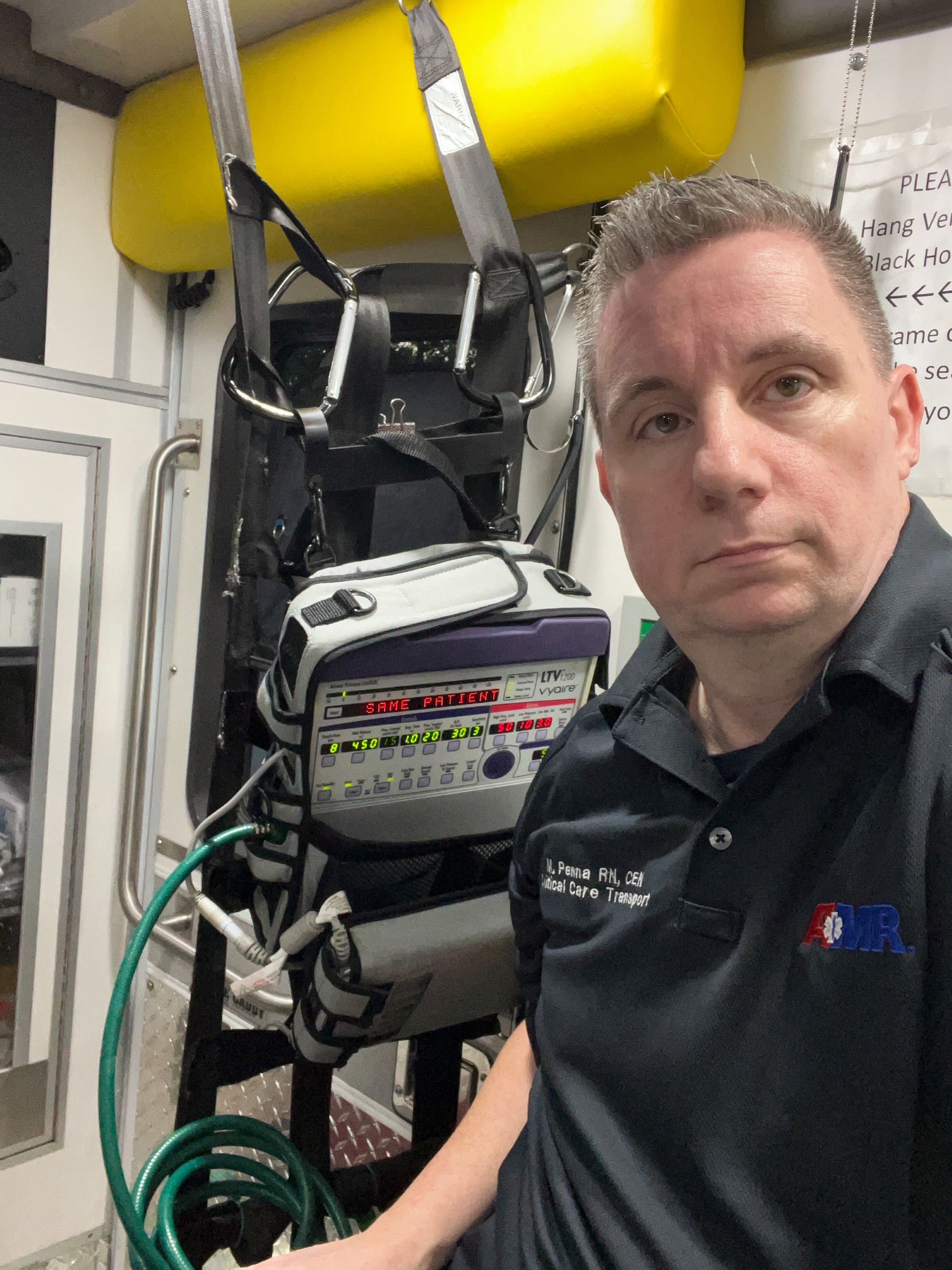
Mike Penna, Critical Care Transport Registered Nurse, AMR
2024 Stars of Life Recipient
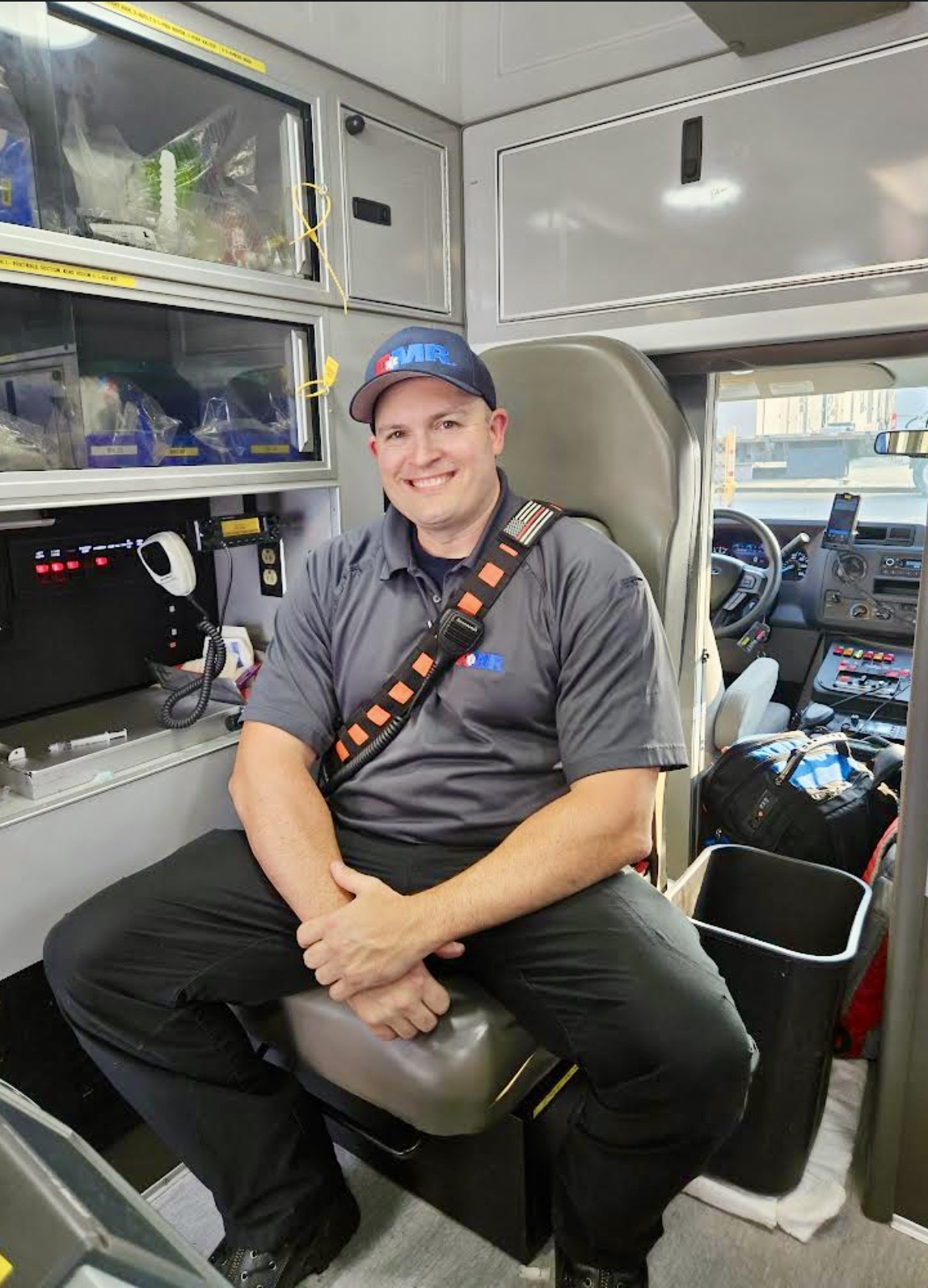
Kevin Rochford, Paramedic, AMR
2024 Stars of Life Recipient

Lance Smeal, Field Training Officer, Advanced Emergency Medical Technician, AMR
2024 Stars of Life Recipient

Raquel Soto, Paramedic, AMR
2024 Stars of Life Recipient
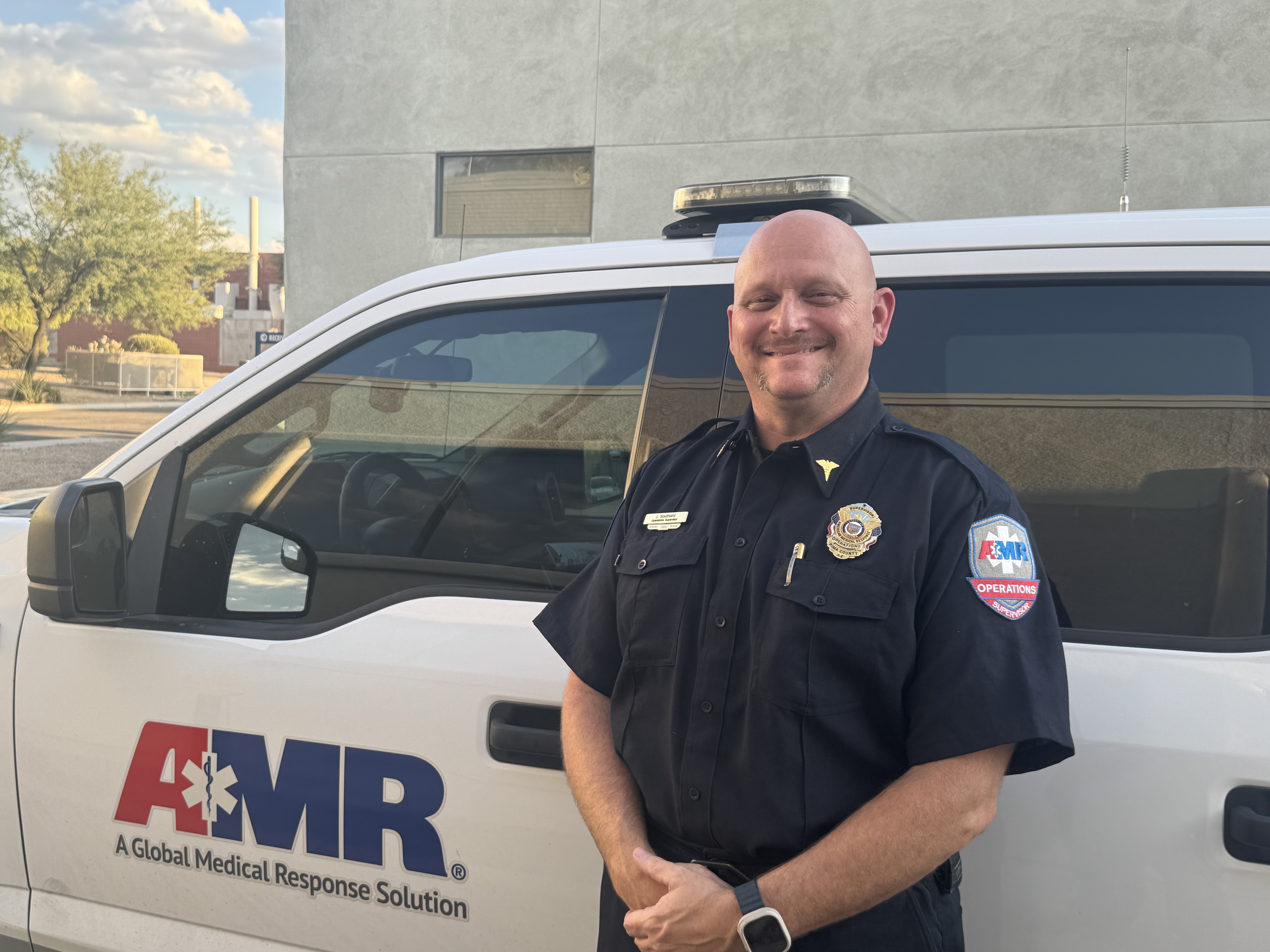
Jason Southard, Operations Supervisor, AMR
2024 Stars of Life Recipient
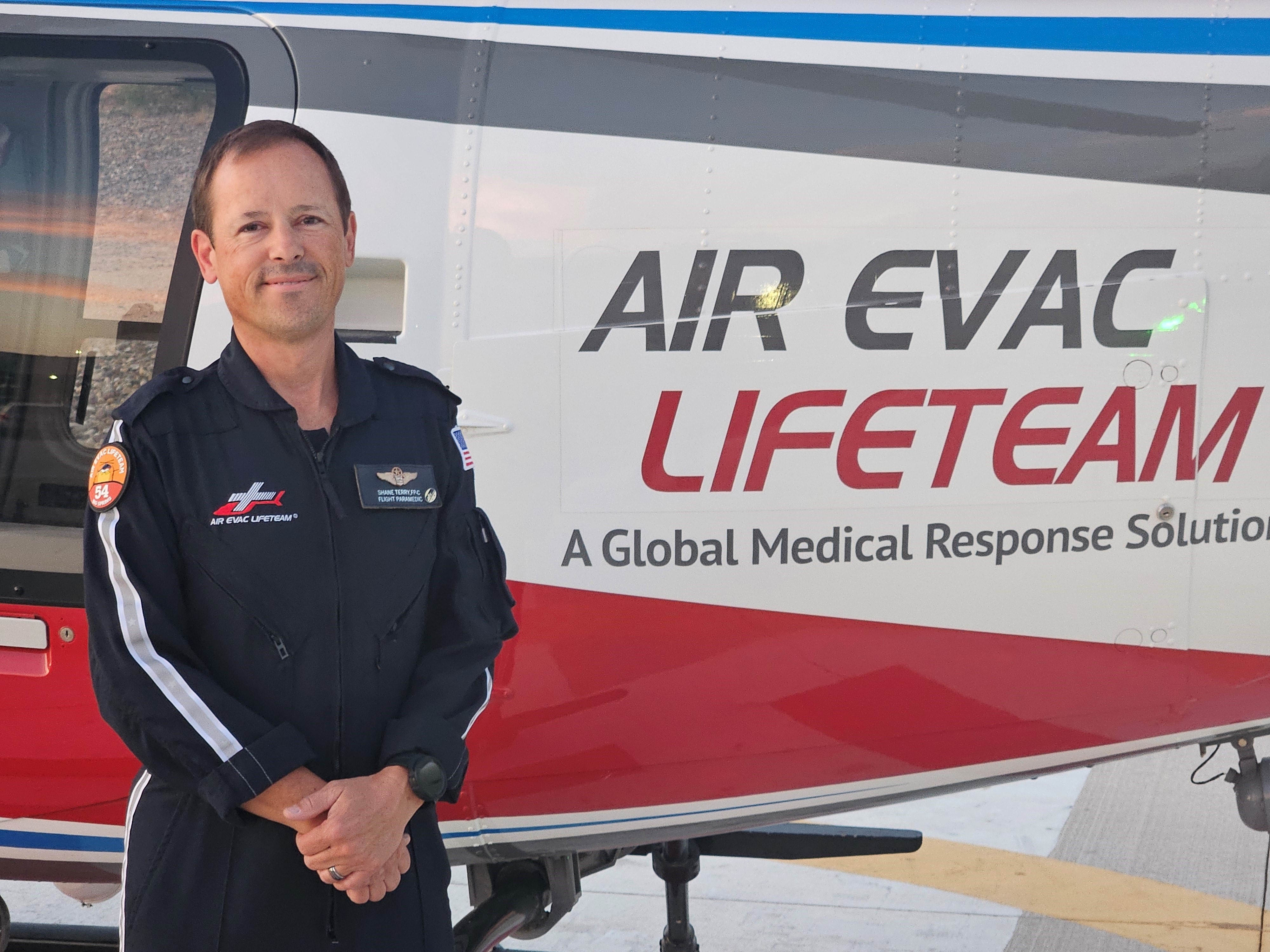
Shane Terry, Flight Paramedic, Air Evac Lifeteam
2024 Stars of Life Recipient
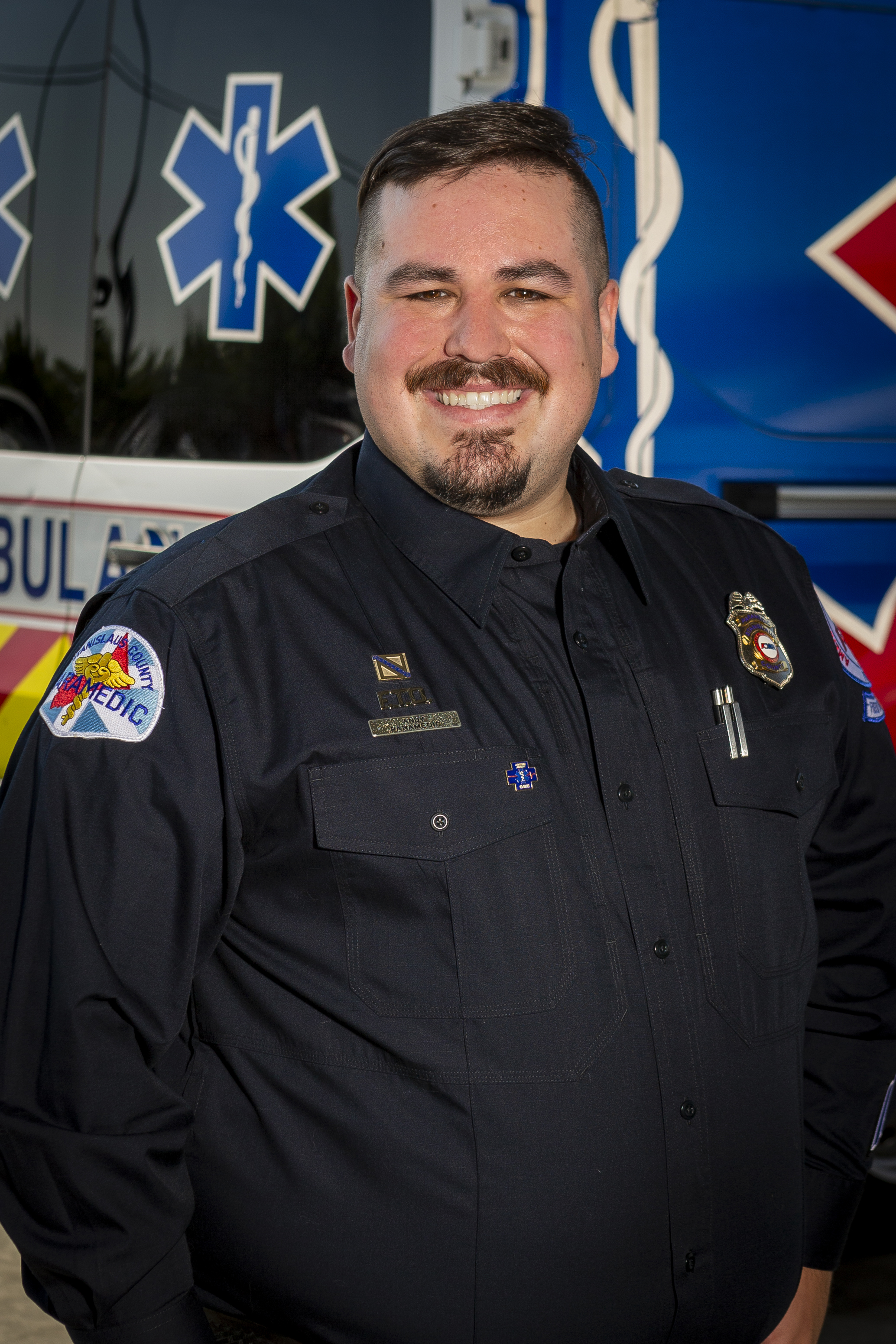
Andrew Varela, Paramedic, Field Training Officer, AMR
2024 Stars of Life Recipient
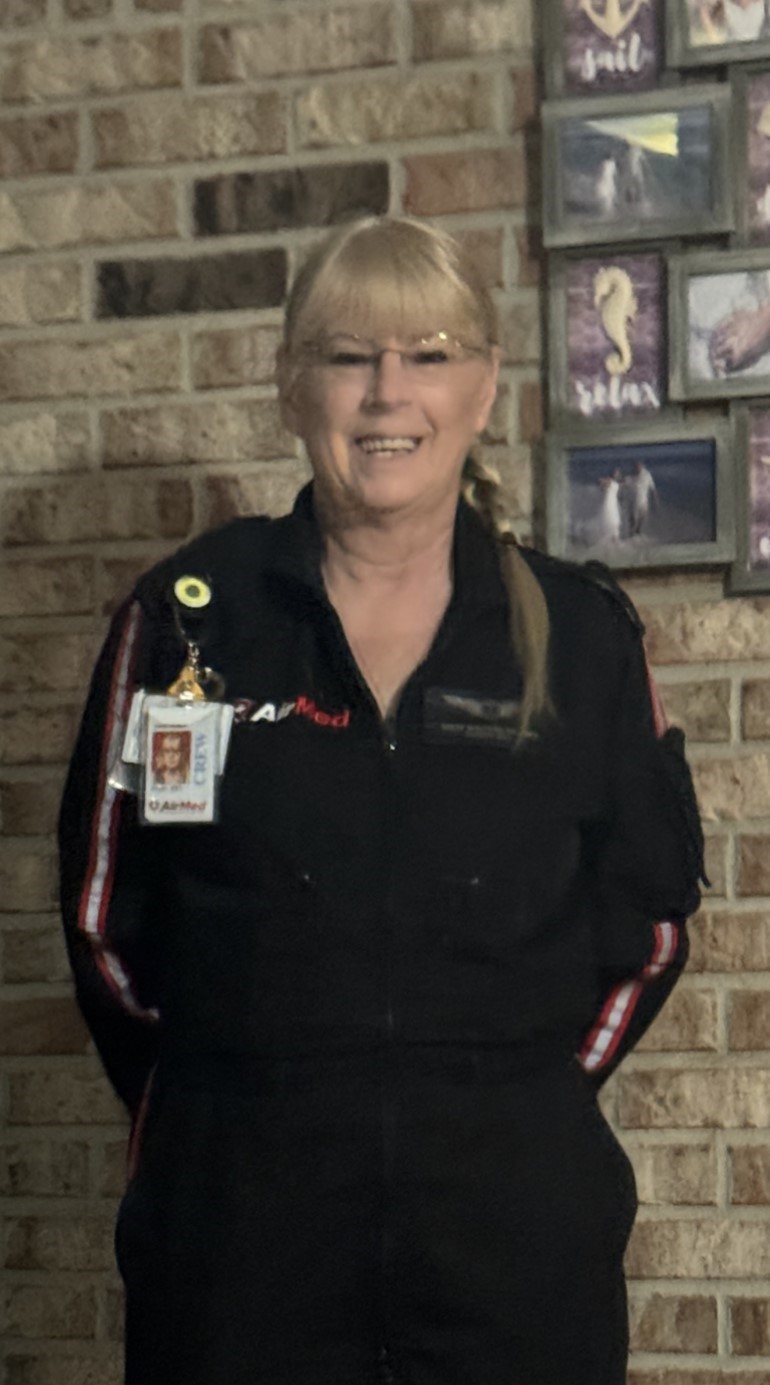
Lucie Walters, Flight Respiratory Therapist, AirMed International
2024 Stars of Life Recipient

Nikki Warren, Flight Nurse, Air Evac Lifeteam
2024 Stars of Life Recipient
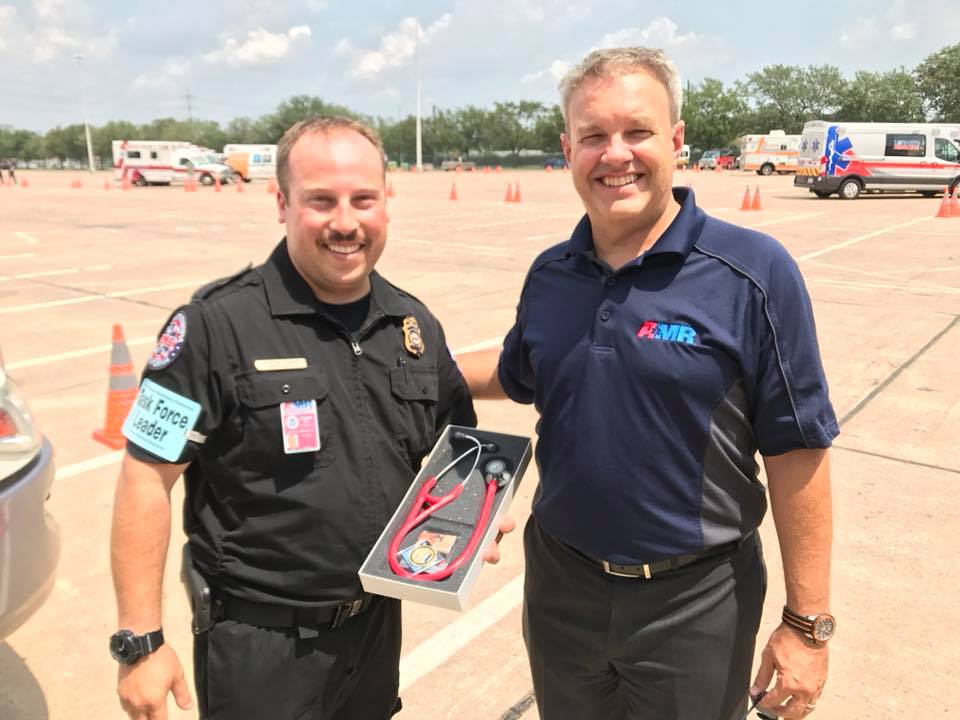
Ambrose Stevens, Operations Manager, Paramedic, AMR
2024 Stars of Life Recipient

Danny Abalama, B200 Instructor Pilot, Guardian Flight
2023 Stars of Life Recipient

Jacob Ambach, Paramedic, American Medical Response
2023 Stars of Life Recipient

Michael Arquette, Operations Supervisor, American Medical Response
2023 Stars of Life Recipient

Jack Asbury, EMT, American Medical Response
2023 Stars of Life Recipient

Cindy Betts, Base Medical Manager, EagleMed/Med-Trans
2023 Stars of Life Recipient

Jason Burns, Flight Paramedic, REACH Air Medical Services
2023 Stars of Life Recipient

Ian Carroll, Flight Nurse, Air Evac Lifeteam
2023 Stars of Life Recipient
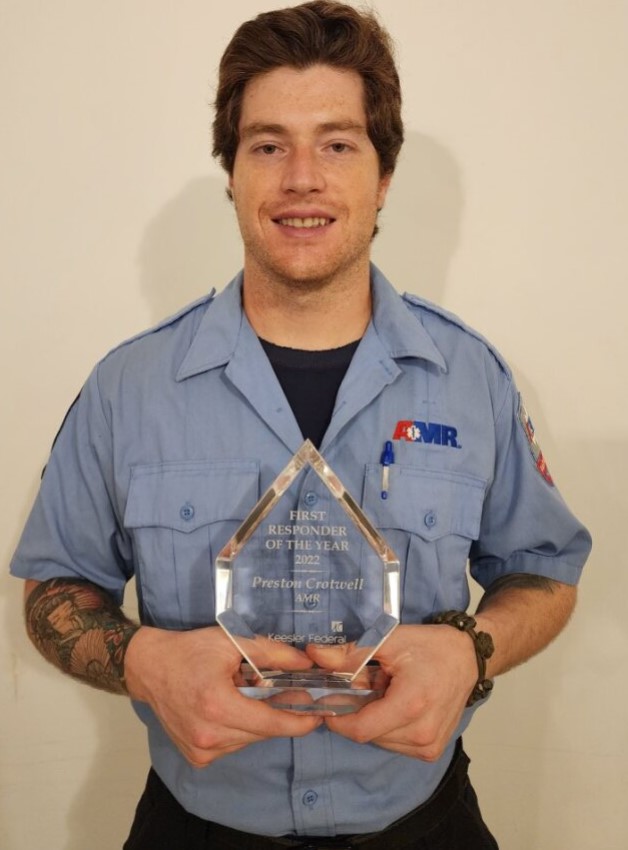
Preston Crotwell, Paramedic, American Medical Response
2023 Stars of Life Recipient

Zach Dayton, Firefighter Engineer/EMT, Rural Metro Fire
2023 Stars of Life Recipient

Victoria England, Flight Nurse, REACH Air Medical Services
2023 Stars of Life Recipient

Rick Fikes, Paramedic/Field Training Officer, MetroCare/American Medical Response
2023 Stars of Life Recipient

Marlon Flanders, Paramedic/Alternate Field Operations Supervisor, Global Medical Response
2023 Stars of Life Recipient

Sean Fuller, Paramedic and Field Training Officer, American Medical Response
2023 Stars of Life Recipient

Karina Galvez-Martinez, Paramedic, MedicWest Ambulance
2023 Stars of Life Recipient

Kelly Hamill, Flight Nurse, Air Evac Lifeteam
2023 Stars of Life Recipient

Andy Hardy, Paramedic, American Medical Response
2023 Stars of Life Recipient

Fidencio Hernandez, EMT/Field Training Officer, American Medical Response
2023 Stars of Life Recipient

Matthew Kohl, Paramedic, American Medical Response
2023 Stars of Life Recipient

Daniel Lee, Flight Nurse, Airlink/Med-Trans
2023 Stars of Life Recipient

Jesse Mascarenas, Flight Nurse, REACH Air Medical Services
2023 Stars of Life Recipient

Stephanie Nocita, Paramedic, American Medical Response
2023 Stars of Life Recipient

Randall Roberson, Advanced EMT, Lifeguard, American Medical Response
2023 Stars of Life Recipient

Hiram Sanchez, EMT, American Medical Response
2023 Stars of Life Recipient

Dakota Shadwell, Flight Nurse, Air Evac Lifeteam
2023 Stars of Life Recipient

Jay Shintaku, Firefighter/Paramedic, Rural Metro Fire
2023 Stars of Life Recipient

Brad Sparks, Flight Nurse, REACH Air Medical Services
2023 Stars of Life Recipient

Rob Spencer, Paramedic/Field Training Officer, American Medical Response
2023 Stars of Life Recipient

Michael Taboniar, Paramedic/Mobile Intensive Care Technician, American Medical Response
2023 Stars of Life Recipient

Bill Weber, Paramedic/Field Training Officer, American Medical Response
2023 Stars of Life Recipient

Riley Wolfe, Paramedic, American Medical Response
2023 Stars of Life Recipient

Danny Workman, Flight Paramedic, REACH Air Medical Services
2023 Stars of Life Recipient

Daniel Yandell, EMT, American Medical Response
2023 Stars of Life Recipient

Carlos Valdez Acosta-Meza, Paramedic Supervisor, AMR
2022 Stars of Life Recipient

Micheline Allaire Clement, Flight Nurse, AirMed International
2022 Stars of Life Recipient

Renata Baboolal, Emergency Medical Technician, GMR
2022 Stars of Life Recipient

Frank Berlanga, Paramedic, AMR
2022 Stars of Life Recipient

Darla Biggerstaff, Paramedic, AMR
2022 Stars of Life Recipient

Lance Blythe, Flight Paramedic, Air Evac Lifeteam
2022 Stars of Life Recipient
Jeffery Boyd, Operations Supervisor, AMR
2022 Stars of Life Recipient

Eric Bradshaw, Firefighter/Paramedic, Rural Metro Fire
2022 Stars of Life Recipient

Kyle Brule, Lead Paramedic, AMR
2022 Stars of Life Recipient

James Burns, Emergency Medical Technician, AMR
2022 Stars of Life Recipient

Pete Carlson, Paramedic Field Training Officer, AMR
2022 Stars of Life Recipient

Jason Dau, Flight Nurse, Guardian Flight
2022 Stars of Life Recipient
Dubravka Frost, Paramedic, AMR
2022 Stars of Life Recipient

Michael Gibson, Flight Nurse, REACH Air Medical Services
2022 Stars of Life Recipient

Cathy Heikes, Flight Nurse, Med-Trans Corp.
2022 Stars of Life Recipient

Kimberly Hiner, Emergency Medical Technician, AMR
2022 Stars of Life Recipient

Brooke Holoubek, Flight Nurse, REACH Air Medical Services
2022 Stars of Life Recipient

Franchon Jackson, Dispatch Communications Supervisor, AMR
2022 Stars of Life Recipient

Bryanna Johnson, Base Clinical Nurse Lead, Air Evac Lifeteam
2022 Stars of Life Recipient

Daniel MacDowell, Reserve Firefighter, EMT, Rural Metro Fire
2022 Stars of Life Recipient

Cassandra Moreno, Emergency Medical Technician, AMR
2022 Stars of Life Recipient

Nicole Piazza, Paramedic, AMR
2022 Stars of Life Recipient

Jack Rathgeber, Field Supervisor, AMR
2022 Stars of Life Recipient

KC Robbins, Paramedic Supervisor, AMR/Lifeguard Ambulance
2022 Stars of Life Recipient

Robert Sebree, Paramedic, AMR
2022 Stars of Life Recipient

Dylan Schoch, Paramedic, AMR
2022 Stars of Life Recipient

Lauren Van Damme, Fixed Wing Pilot, Med-Trans Corp
2022 Stars of Life Recipient

Mario Vialpando, Field Training Officer, AMR
2022 Stars of Life Recipient

Lauri Wempen, Flight Paramedic, Guardian Flight
2022 Stars of Life Recipient

Todd Wobbe, Paramedic, AMR/Abbott EMS
2022 Stars of Life Recipient

Jacob Dindinger, Posthumous: Emergency Medical Technician, AMR
2022 Stars of Life Recipient

Clifford Fontaine, Posthumous: Advanced Emergency Medical Technician, AMR, MedicWest Ambulance
2022 Stars of Life Recipient

William Levi, Posthumous: Advanced Emergency Medical Technician, AMR
2022 Stars of Life Recipient

Holly Griswold, Administrative Supervisor, Arizona Ambulance Transport, AMR
2020 Stars of Life Recipient
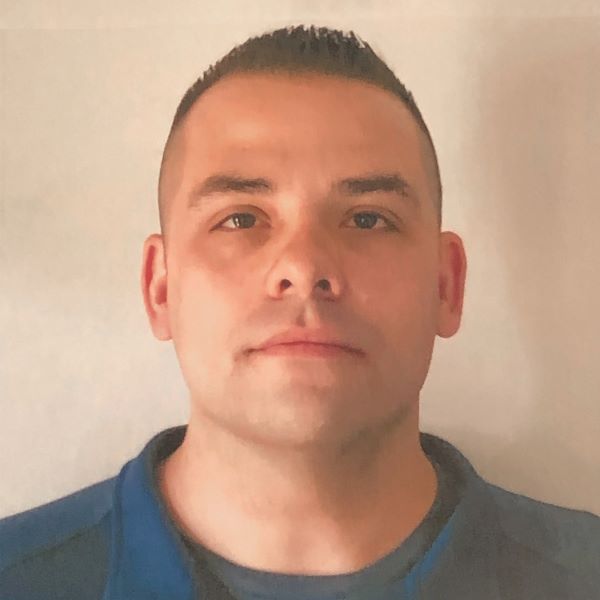
Adam Martin, Paramedic
2020 Stars of Life Recipient

Amira Drakes, EMT - Preceptor - AFOS
2020 Stars of Life Recipient
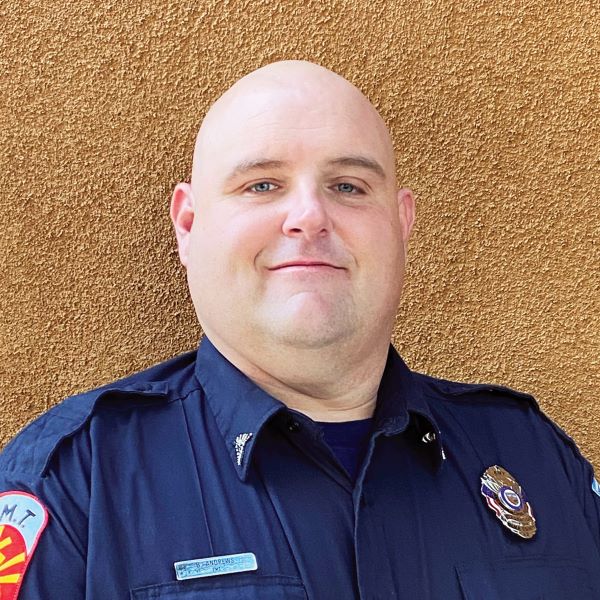
Brad Andrews, EMT
2020 Stars of Life Recipient
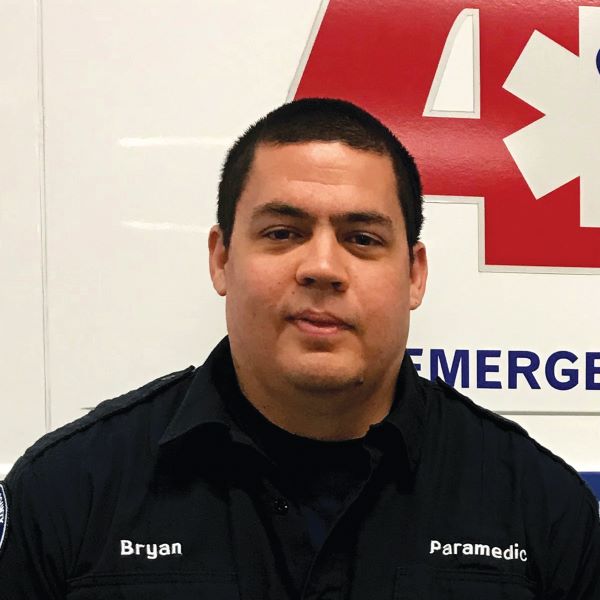
Bryan McKeon, Paramedic - FTO - ALT Supervisor
2020 Stars of Life Recipient
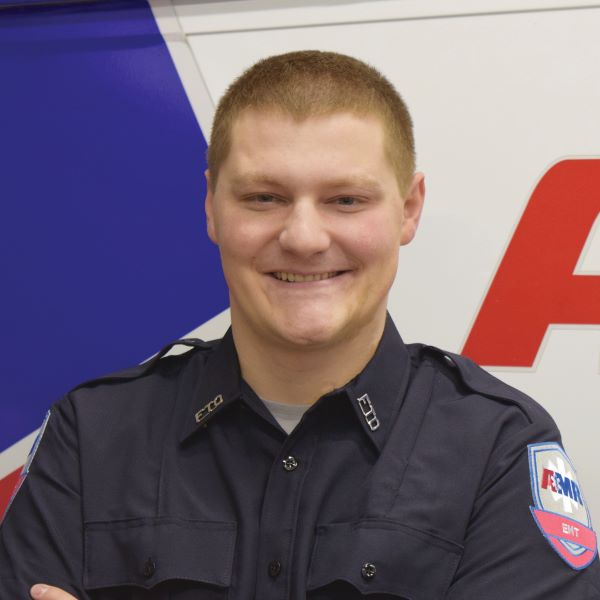
Chase Tucker, EMT
2020 Stars of Life Recipient
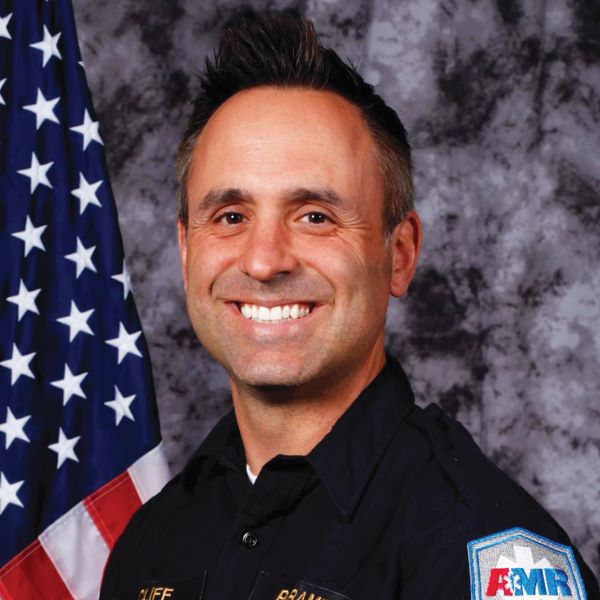
Clifford Jacks, Paramedic
2020 Stars of Life Recipient
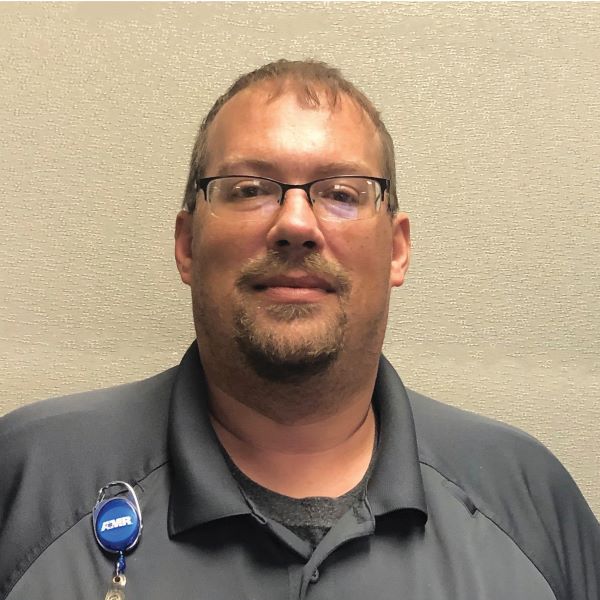
David Burnside, Telecommunicator
2020 Stars of Life Recipient
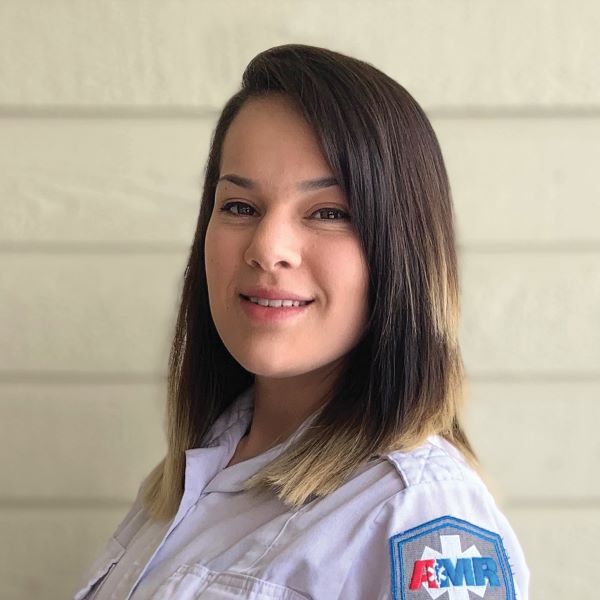
Destiny Carter, Paramedic
2020 Stars of Life Recipient
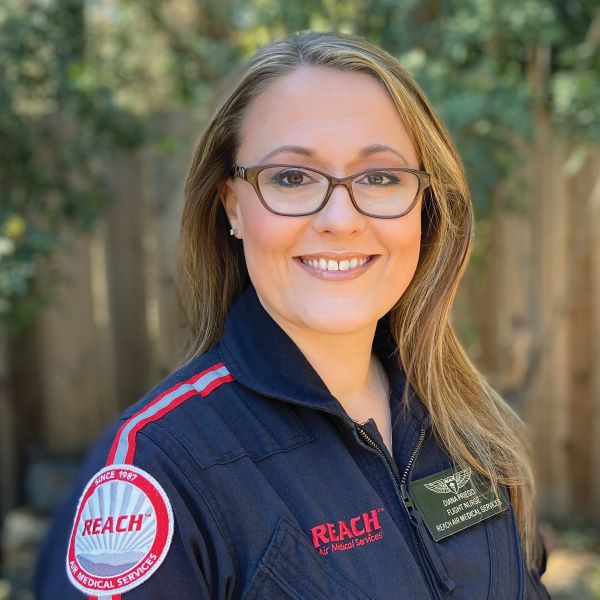
Diana Priego, Flight Nurse
2020 Stars of Life Recipient
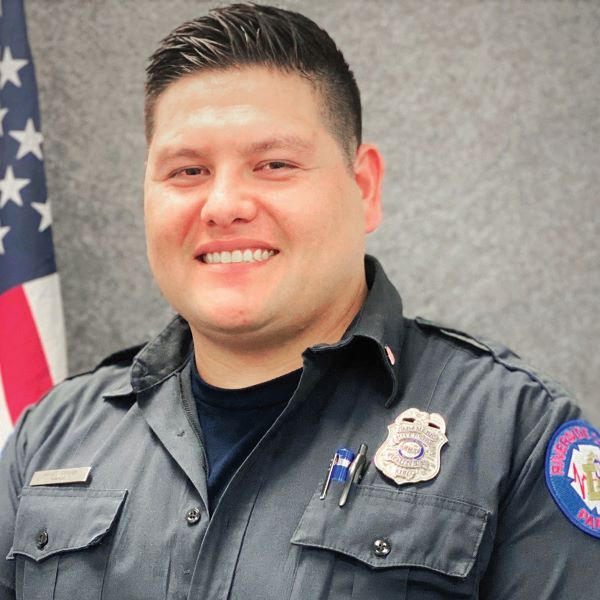
Ismael Esparza, Paramedic
2020 Stars of Life Recipient
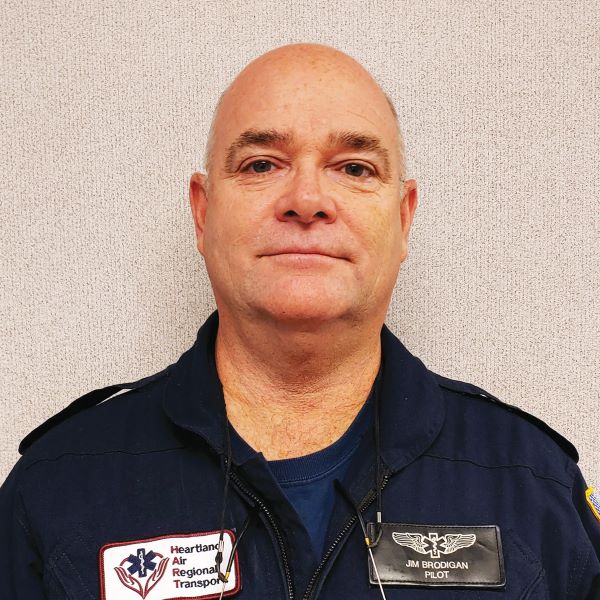
James Brodigan, Base Pilot Supervisor/Line Pilot, Med-Trans Corporation
2020 Stars of Life Recipient
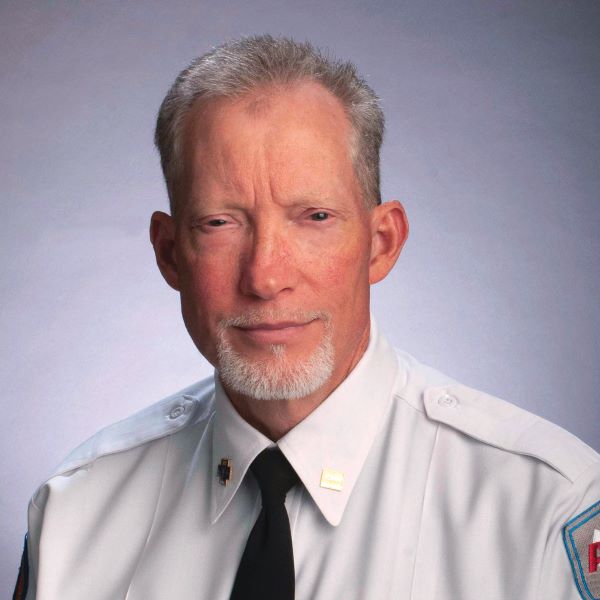
James Tarver, Assistant Operations Supervisor
2020 Stars of Life Recipient

Joshua Edmonds, EMT - FTO
2020 Stars of Life Recipient
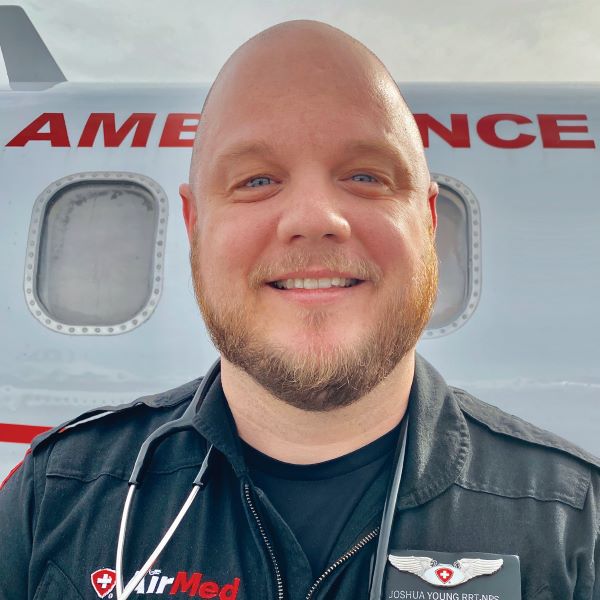
Joshua Young, RRT - NPS - Flight Respiratory Therapist
2020 Stars of Life Recipient
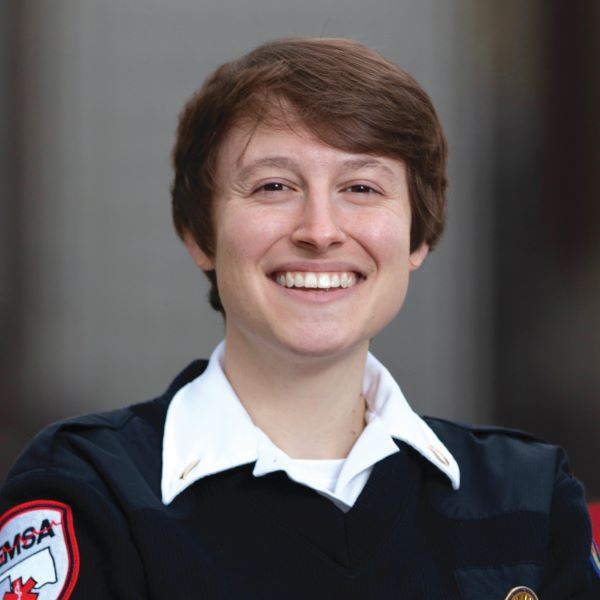
Kayla Stack, Paramedic
2020 Stars of Life Recipient
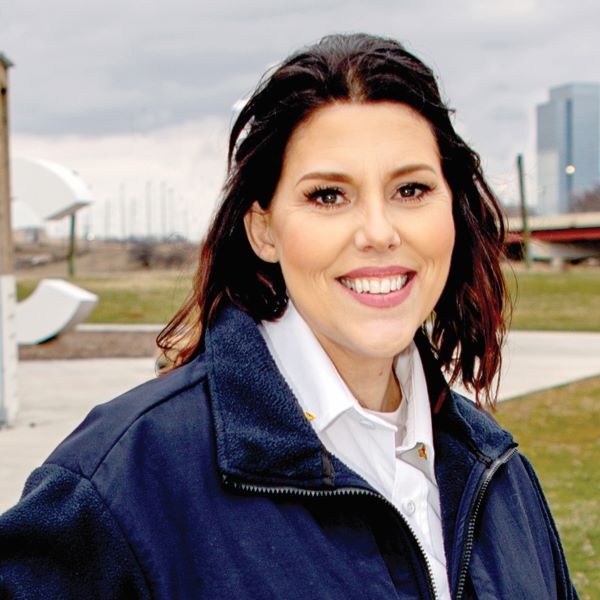
Kelly Ferris, Paramedic
2020 Stars of Life Recipient

Kyle Hilb, Firefighter - Paramedic
2020 Stars of Life Recipient

Larry Cardwell, Flight Paramedic
2020 Stars of Life Recipient
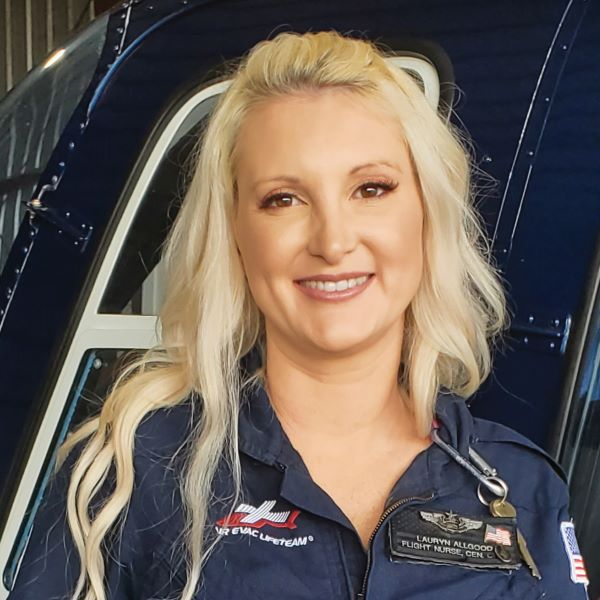
Lauryn Allgood, Flight Nurse
2020 Stars of Life Recipient
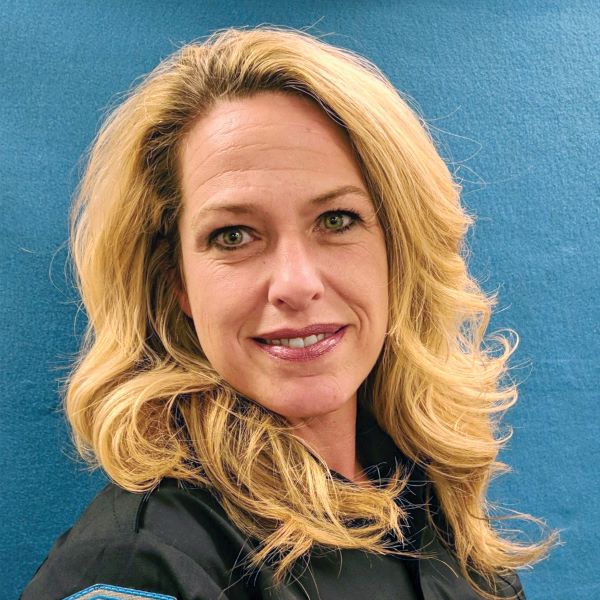
Loretta Burton, Paramedic - Field Training Officer
2020 Stars of Life Recipient
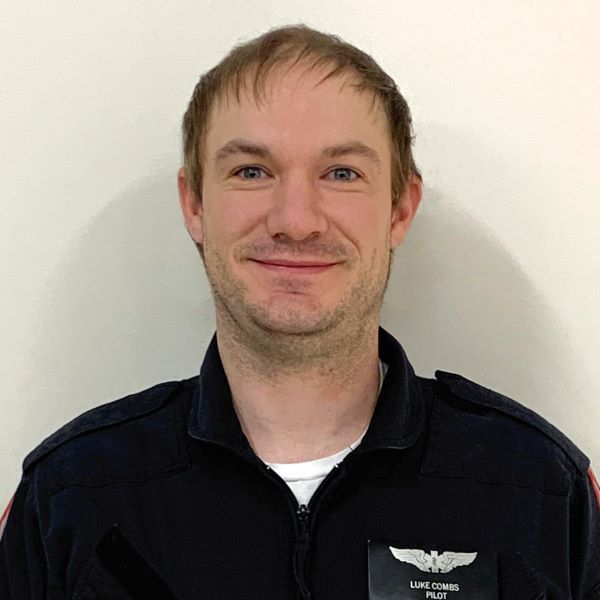
Luke Combs, Pilot
2020 Stars of Life Recipient
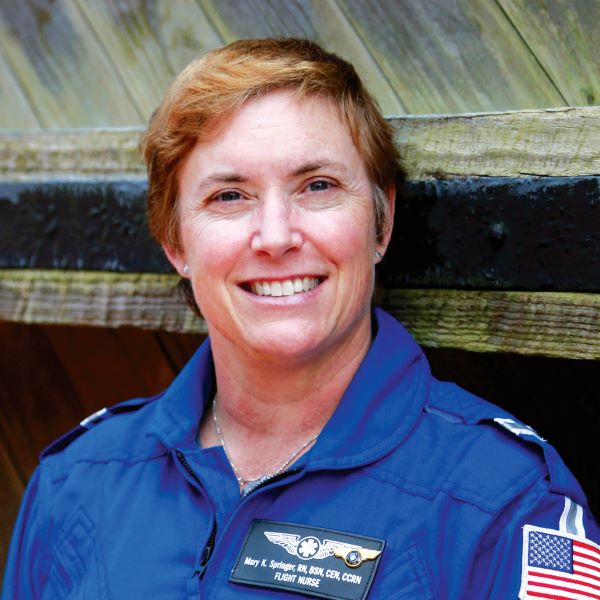
Mary Springer, Flight Nurse
2020 Stars of Life Recipient
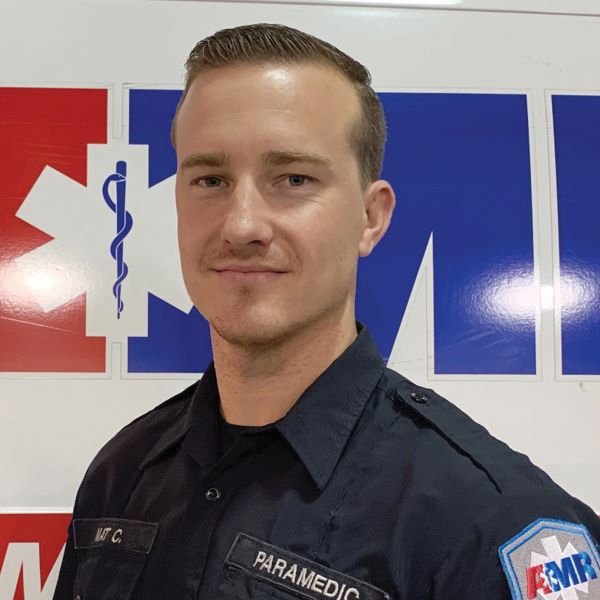
Mathew Cox, Paramedic
2020 Stars of Life Recipient
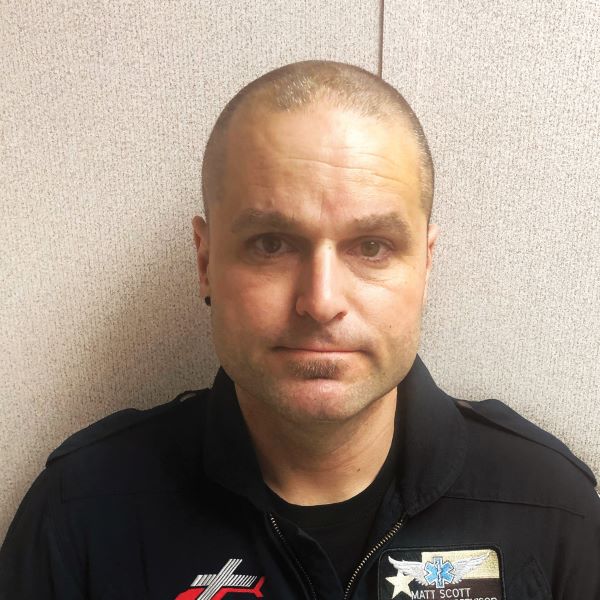
Matthew Scott, Base Pilot Supervisor
2020 Stars of Life Recipient
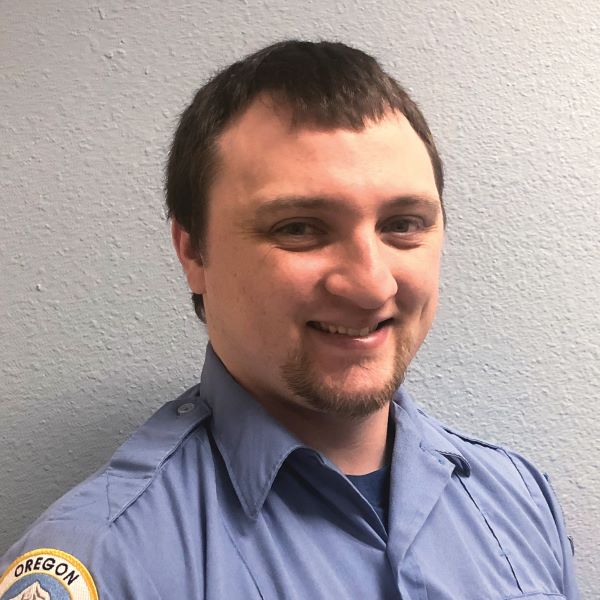
Nolan Gerety, Paramedic
2020 Stars of Life Recipient

Olga Borozinski, Flight Nurse
2020 Stars of Life Recipient

Peter Gauna, EMT
2020 Stars of Life Recipient

Rain Swift, RN - EMD - EMT
2020 Stars of Life Recipient
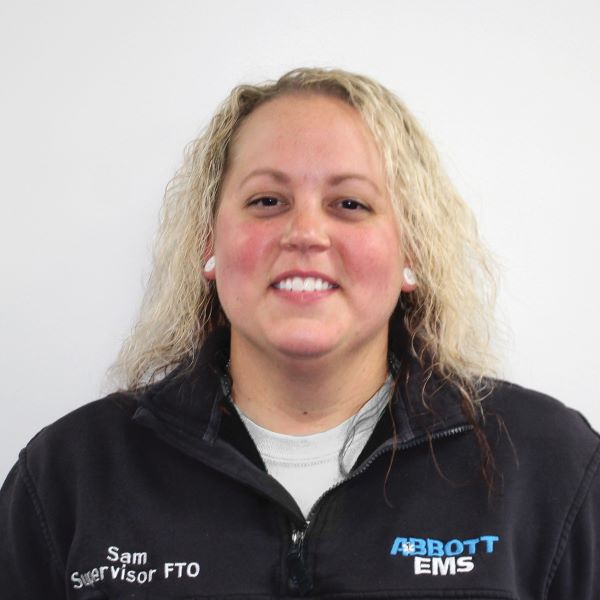
Samantha Greene, Paramedic
2020 Stars of Life Recipient
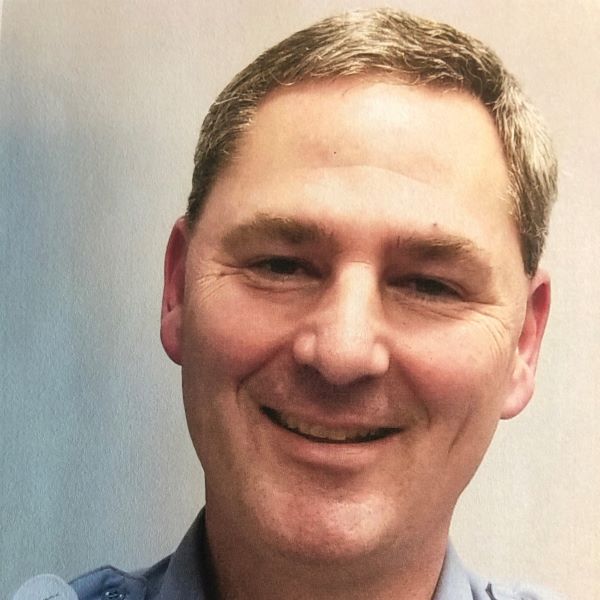
Scott Hedrick, Paramedic
2020 Stars of Life Recipient
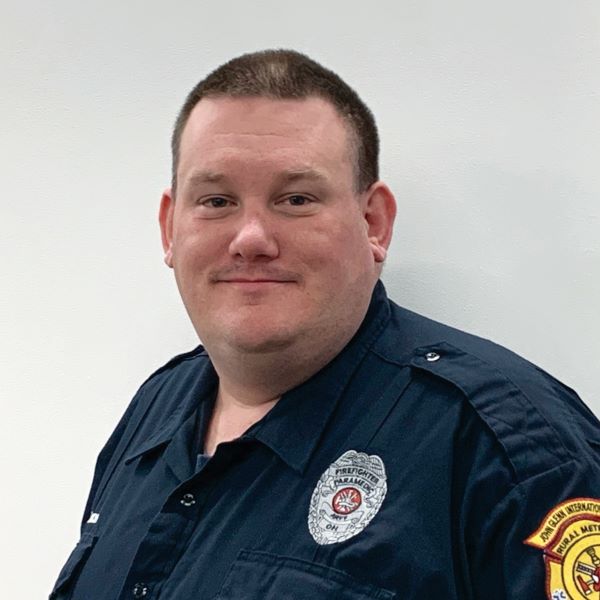
Sean Luce, Firefighter - Paramedic
2020 Stars of Life Recipient
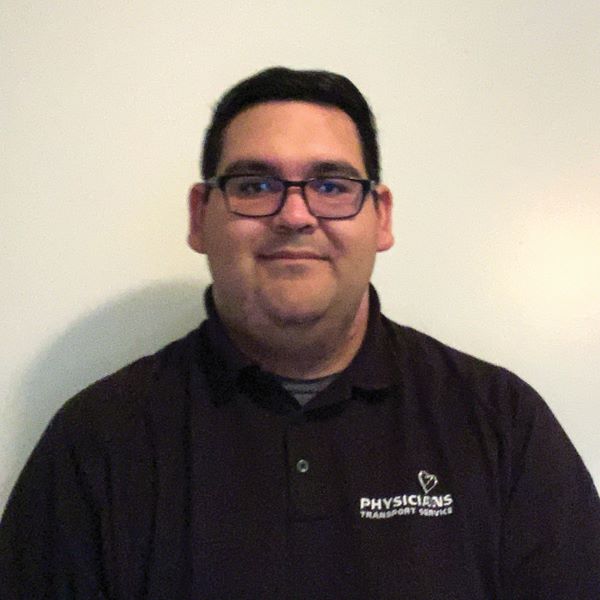
Sergio Alvarez, EMT
2020 Stars of Life Recipient
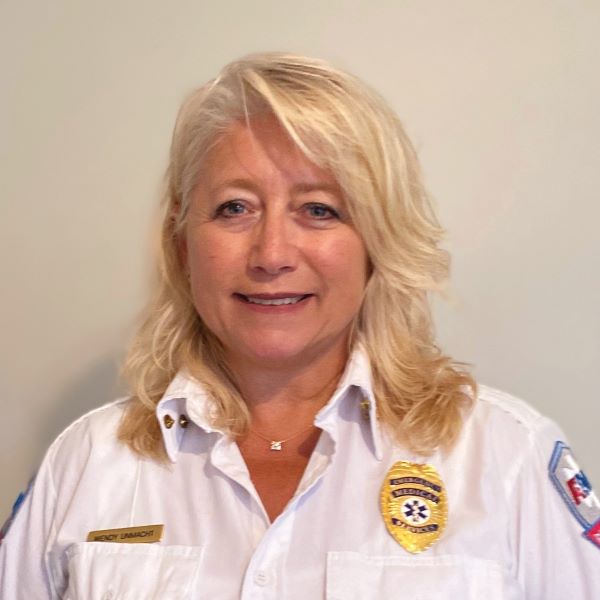
Wendy Unmacht, Paramedic
2020 Stars of Life Recipient
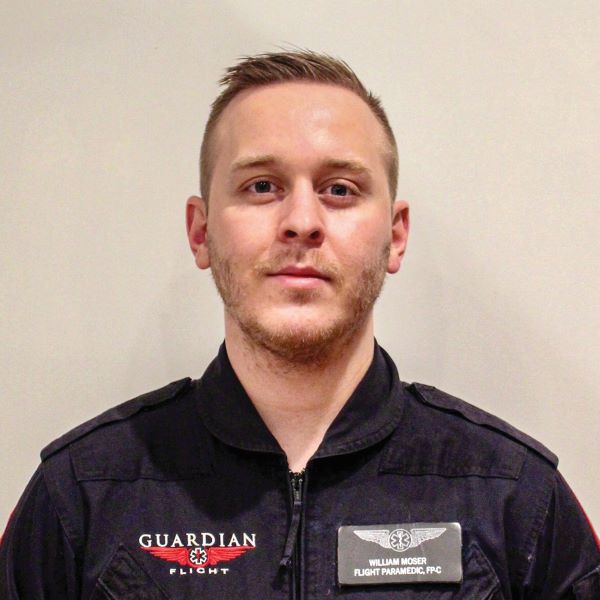
Will Moser, Mobile Intensive Care Paramedic
2020 Stars of Life Recipient

Aaron Fajardo, Firefighter/Emergency Medical Technician
2019 Stars of Life Recipient
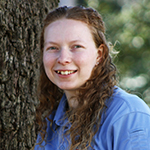
Courtney Tullos, Paramedic
2019 Stars of Life Recipient
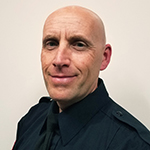
Craig Boydell, Firefighter/Emergency Medical Technician, Critical Incident Stress Management Team
2019 Stars of Life Recipient
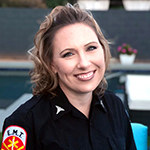
Elizabeth “Beth” Yancey, Emergency Medical Technician
2019 Stars of Life Recipient
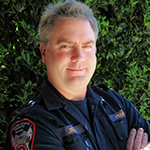
Jackson Coats, Paramedic/Field Training Officer
2019 Stars of Life Recipient
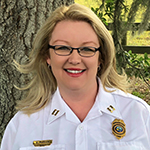
Jacquelynn “Jacki” Martin, Communications Quality Assurance/Quality Improvement Training Supervisor
2019 Stars of Life Recipient

Jeff Behling, Emergency Medical Technician
2019 Stars of Life Recipient
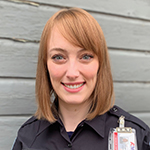
Katherine “Kate” Miller, Emergency Medical Technician
2019 Stars of Life Recipient
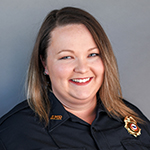
Katie Smith, Paramedic/ Supervisor
2019 Stars of Life Recipient
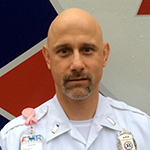
Kenneth Denk, Paramedic
2019 Stars of Life Recipient

Keviette Potts, Emergency Medical Technician/Field Training Officer
2019 Stars of Life Recipient
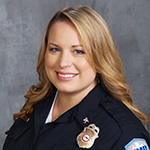
Kristen Casteel, Paramedic
2019 Stars of Life Recipient

Lynford Lewis, Emergency Medical Technician
2019 Stars of Life Recipient
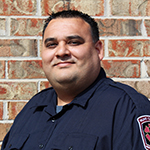
Michael Sanchez, Emergency Medical Technician
2019 Stars of Life Recipient
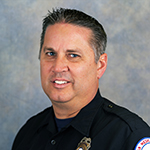
Mike Copeland, Paramedic/Field Training Officer
2019 Stars of Life Recipient
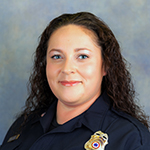
Nicole Gonzales, Emergency Medical Technician/Field Training Officer/Critical Incident Stress Management Coordinator
2019 Stars of Life Recipient
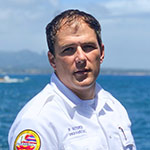
Peter Beemer, Paramedic
2019 Stars of Life Recipient
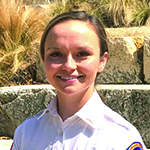
Rachel Evans, Paramedic
2019 Stars of Life Recipient
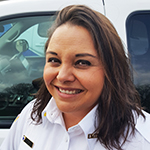-150x150.jpg)
Rebecca Hartman, Lead Field Training Officer/Supervisor
2019 Stars of Life Recipient
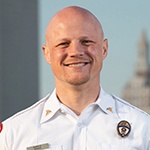
Russell Friske, Paramedic/Clinical Coordinator
2019 Stars of Life Recipient

Scott Hutchison, Driver
2019 Stars of Life Recipient
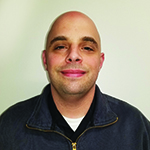
Timothy Hoar, Emergency Medical Technician
2019 Stars of Life Recipient
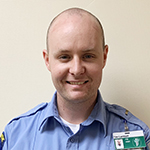
Timothy Lambert, Paramedic
2019 Stars of Life Recipient
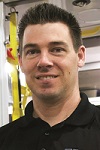
Alex Anderson, Critical Care Paramedic
2018 Stars of Life Recipient
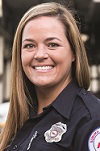
Andrea Strongman, Paramedic, Relief Operations Supervisor, Field Training Officer
2018 Stars of Life Recipient
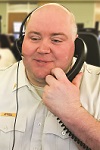
Brandon Jones, EMSA - Paramedic and Emergency Medical Dispatcher
2018 Stars of Life Recipient
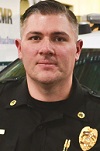
Brett Dragun, Paramedic and Operations Supervisor
2018 Stars of Life Recipient
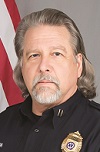
Bruce Hagen, Paramedic and Field Supervisor
2018 Stars of Life Recipient
Callen Daquiaog, Paramedic
2018 Stars of Life Recipient

Dr. Michael Barnum, Medical Director
2018 Stars of Life Recipient
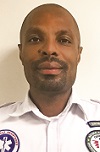
Duane Lessie, GMRTT - EMT
2018 Stars of Life Recipient
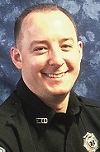
Eric Forsythe, EMT and Field Training Officer
2018 Stars of Life Recipient
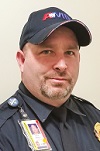
Jamie Georgi, Paramedic and Associate Supervisor
2018 Stars of Life Recipient
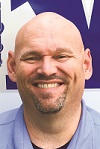
Jimmy Miller, Paramedic and Field Training Officer
2018 Stars of Life Recipient
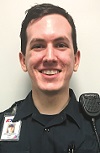
Joshua Epperson, EMT
2018 Stars of Life Recipient
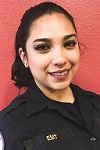
Karis Arce, EMT
2018 Stars of Life Recipient
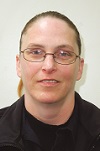
Laura Wolcott, Paramedic
2018 Stars of Life Recipient
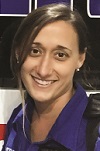
Lindsey Duff, AMR Air - Flight Nurse
2018 Stars of Life Recipient
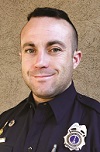
Luke Tschirhart, Rural Metro - Firefighter and Paramedic II
2018 Stars of Life Recipient

Michael Schwenke, Paramedic and Lead Field Training Officer
2018 Stars of Life Recipient
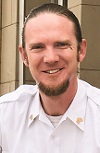
Nicholas Thayer, EMSA - Paramedic and Preceptor
2018 Stars of Life Recipient
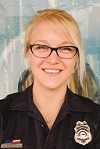
Nicole (Nicky) Androski, EMT
2018 Stars of Life Recipient
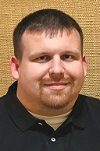
Randy Nichols, Paramedic and Education Director
2018 Stars of Life Recipient
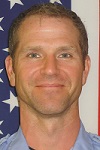
Robert Aberle, Paramedic/Reach and Treat Team Member
2018 Stars of Life Recipient
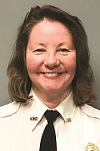
Rosemary O’Keefe-Kirschner, Operations Supervisor
2018 Stars of Life Recipient
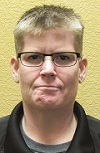
Sheri Jones, Critical Care Paramedic
2018 Stars of Life Recipient
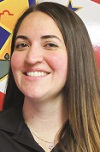
Stacy Dockery, Critical Care Paramedic
2018 Stars of Life Recipient
